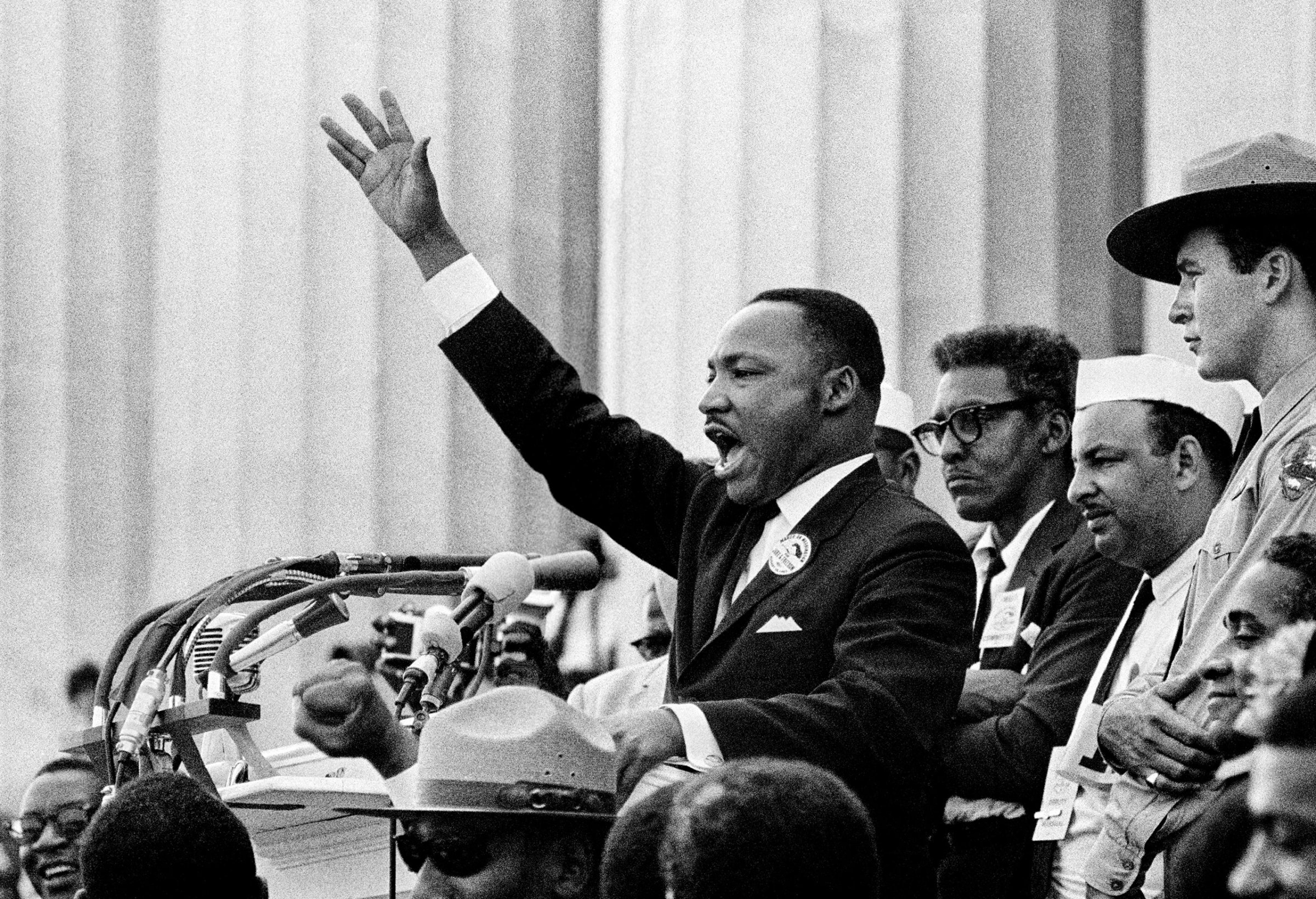
From Marc Riboud to David Gilkey and Bill Cunningham, TIME LightBox pays tribute to the photographers we lost in 2016, celebrating their lives and the contributions they made to the medium of photography and to the world.
Marc Riboud (1923 – 2016)
The art of finding beauty in destruction is a rare and courageous skill. But Marc Riboud, a giant of humanist photography, did so with stylish ease. “O Death, made proud with pure and princely beauty!” Shakespeare once wrote. Riboud, with his sensitivity and deep fervor for life, made pure all he photographed. His most iconic image, showing Vietnam War protester Jan Rose Kasmir holding a flower as she confronted a row of National Guard serviceman, can be credited with helping shift public opinion against the war. Taken in Washington D.C. in 1967, the picture became the symbol of the flower power movement. “He had a very poetic eye. His pictures were able to move effortlessly from the particular to the general,” Magnum photographer Stuart Franklin tells TIME. “His picture of Jan Rose not only represented the anti-Vietnam War movement but came to symbolize something against all oppression and war.”
Riboud was born in St-Genis-Laval, near Lyon, in 1923, to a bourgeois banking family, the fifth of seven children. He moved to Paris in 1952 to pursue a career in photography, after which Henri Cartier-Bresson quickly took him under his wing. A year later, the Magnum co-founder nominated Riboud to the photo agency, before it even had a proper membership process. Riboud regarded his tutor as both a teacher and a tyrant, but learned much about the art of good photography. Up until his departure from the agency in 1979, Riboud travelled the world photographing for Magnum. Though he didn’t regard himself as a war photographer, his pictures taken in turbulent places throughout China, Nepal, Pakistan, Iran and Africa, Tibet and Japan earned him a reputation as the eminent photojournalist of his time. Most notable was perhaps his work covering the Cultural Revolution in China during the 1960s. “He really was going in when very few western photographers were able to do that and created over a number of years, an incredible body of work,” Magnum president Martin Parr tells TIME. “When I think about China in that era, his is the work I think about.”
But is it perhaps his lesser-known work that illustrates his incredible depth of vision. Parr points to his photographs taken in Leeds, England, in the early 1950s, which offer a gentle, deferential look at a post-war working class northern city. “He was able to articulate, like all good photographers, his relationship to the world,” says Parr. “He was able to find quiet elegance out of nothing much at all. That’s the great skill of a photographer with that ability; they can transform the most banal subjects into extraordinary images. That’s a very rare gift.” His clear vision, creative coherence and journalistic skill set him apart from his contemporaries, and, as Franklin notes; “There are lot of voices in Magnum, it’s a kind of choir. But Marc’s was particularly distinctive. He will be terribly missed.” Riboud died on August 30 of complications relating to Alzheimer’s disease. He was 93.
Bill Cunningham (1929 – 2016)
Not many photographers, even the most iconic ones can say they’ve been made a landmark, or have a life-sized mannequin of themselves installed of a window at Bergdorf Goodman or even have the praise of Vogue Editor-in-Chief Anna Wintour in a documentary and to expect to dress to perfection when they’re around. But Bill Cunningham, the New York Times fashion photographer achieved all of that. During his four-decade career, Cunningham, who died June 25 from complications of a stroke, worked relentlessly, sometimes covering up to 20 galas in a single week. He preferred to stay on the sidelines photographing prominent figures rather than bask in the glamorous environment he was working in. He was even more determined on the streets, as he rode on his bicycle looking for subjects to shoot. Whether it were shoes, dresses, jewelry, anything that caught his eye, he would click away using his 35mm camera. Whether he’d bike uptown to Harlem or remain within the confines of midtown, his frequent observation spot was on the corner of Fifth Avenue and 57th Street.

“Bill was an extraordinary person with an incredible talent not just for fashion photography but for life,” said Arthur Sulzberger, Jr., publisher of the New York Times. “His company was sought after by the fashion world’s rich and powerful yet he remained one of the kindest, most gentle and humble people I have ever met. We have lost a legend and I am personally heartbroken to have lost a friend.” Michael Gross wrote for TIME earlier this year: “Bill’s greatest skill was his ability to spot and call out a phony—and he did it often and with devastating effect in his words-and-picture fashion season roundups for the original Details, when it was still a downtown magazine. They inspired me to try to do something similar, even though I lacked his photographic memory of fashion.”
Cunningham was born in Boston in 1929 and worked in department stores where he made hats. Regardless of his talent and passion for the fashion industry, he opted to pursue his dreams elsewhere. After moving to New York City, where he lived in a studio apartment for most of his adult life, he began freelancing for Women’s Wear Daily and eventually accepted assignments for the New York Daily News and the Chicago Tribune until beginning his tenure for the Times in the late 1970s. Cunningham is survived by his nieces and nephews.
Peter Marlow (1952 – 2016)
For Magnum, the loss of Peter Marlow, esteemed British photographer and co-founder of its London office, was “terrible and huge,” says colleague Stuart Franklin. As the two-time president of the agency, his extraordinary talent and personal pragmatism burnished Magnum’s reputation as an agency of excellence.
Marlow, along with Chris Steele-Perkins, was instrumental in launching Magnum’s London office in the 1980s. The office, whose purchase Marlow secured, was fitted out with the help of his wife, Fiona, an interior designer. These “very practical interventions” are a significant and lasting contribution to the “collective spirit of Magnum.” Franklin adds: “At Magnum we’re a kind of a co-operative and he was just extraordinarily generous. I think his legacy therefore is one of generosity. But also the power and importance of his eye and his photography.”
Remembering Magnum Photographer Peter Marlow
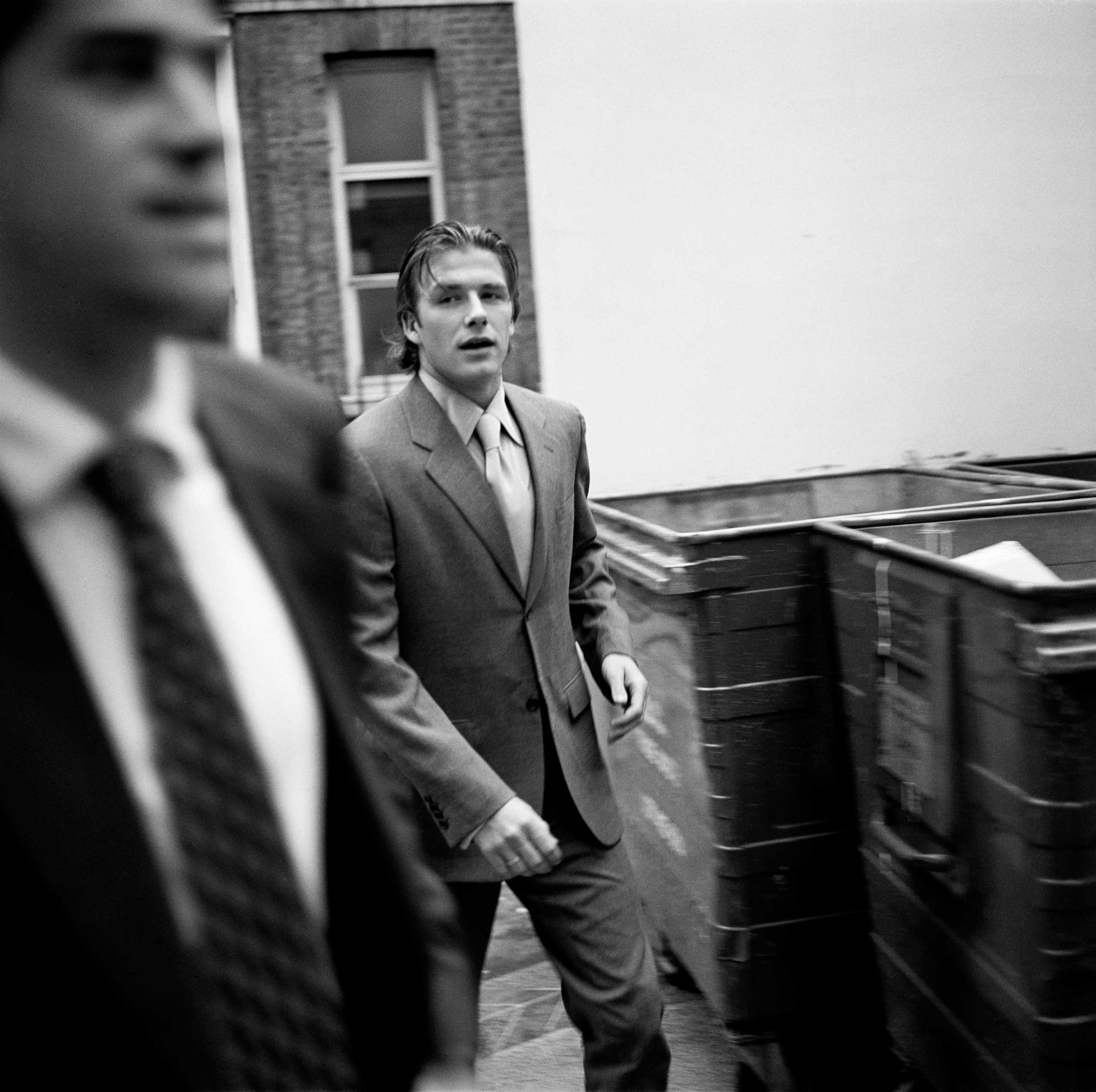
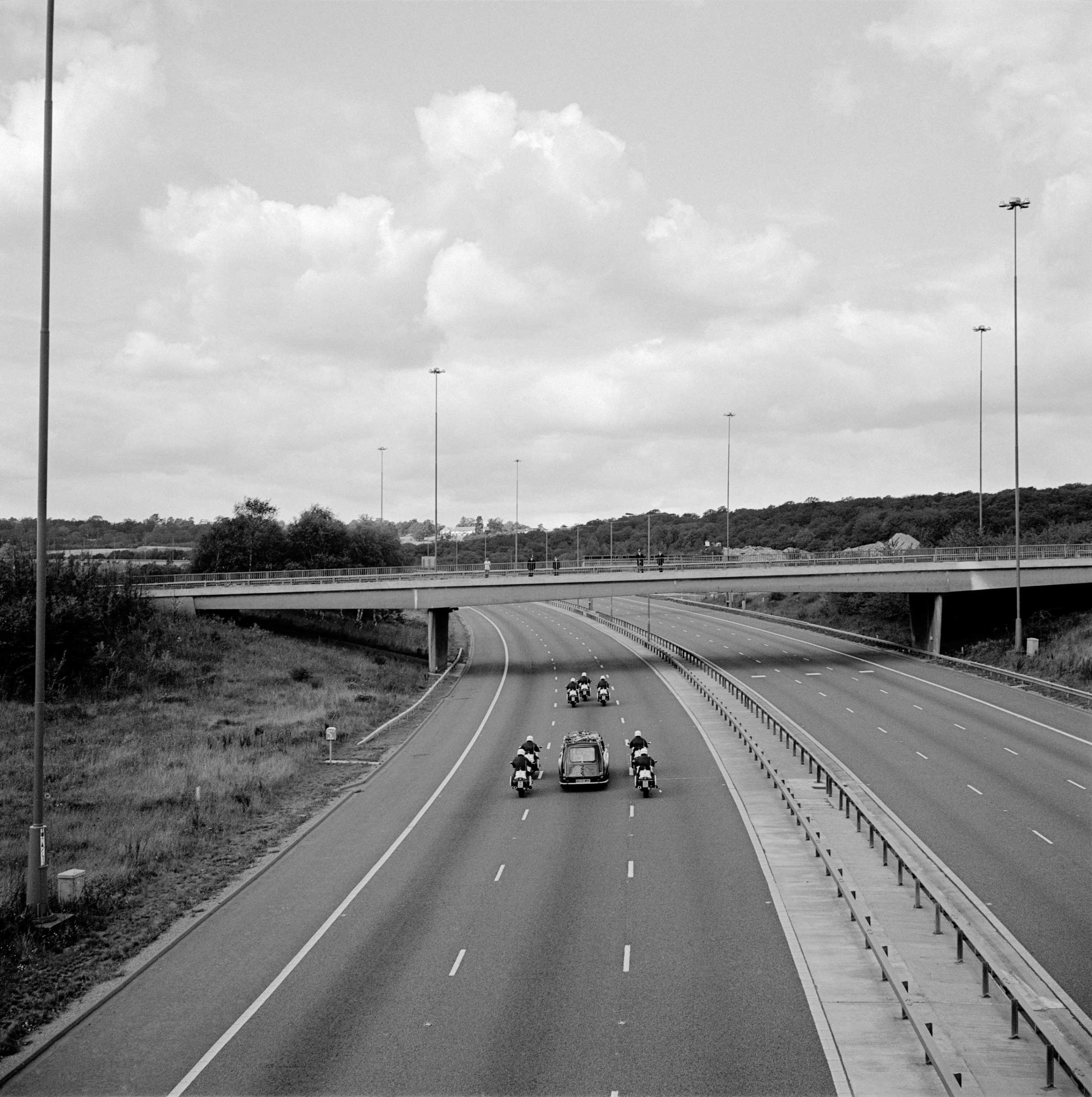
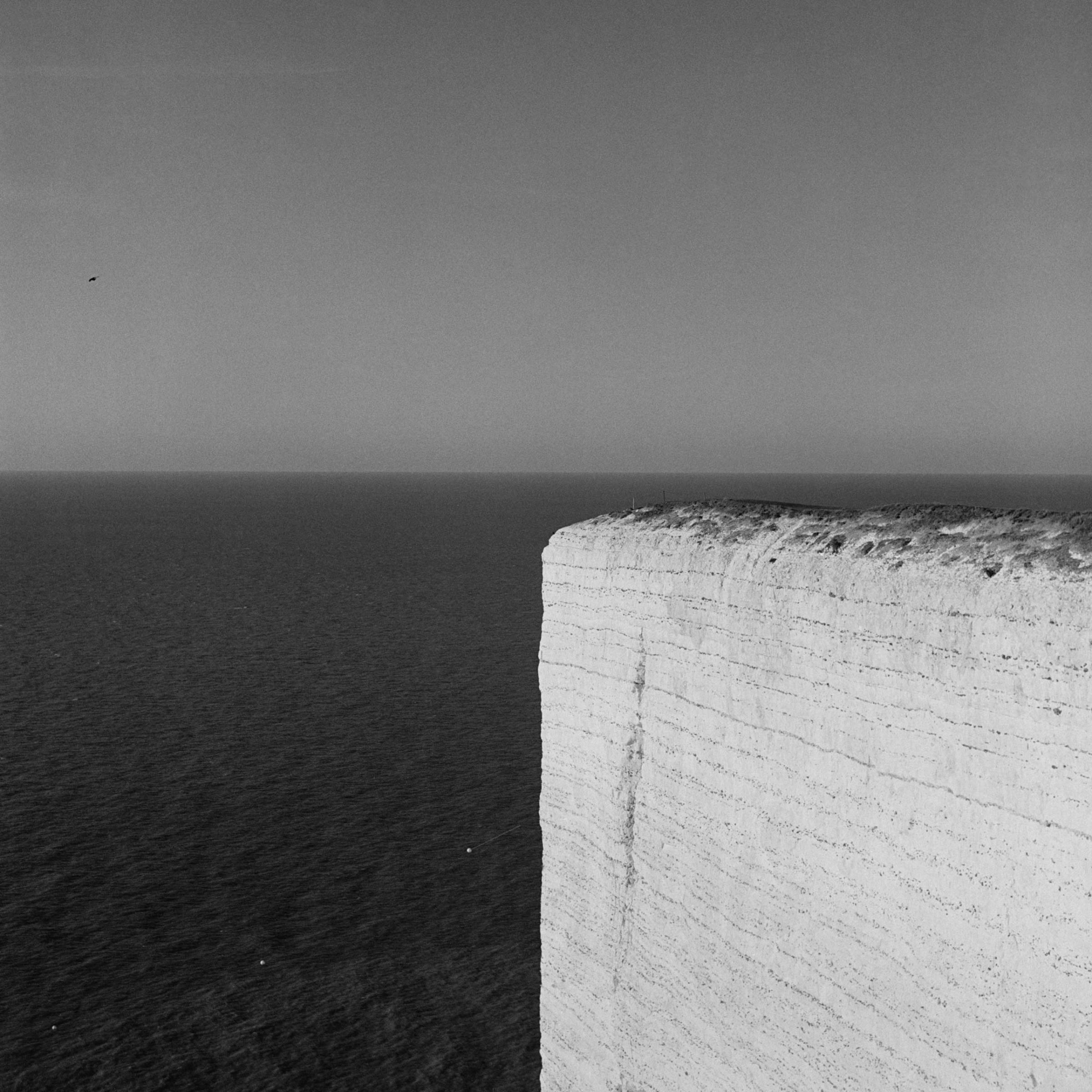
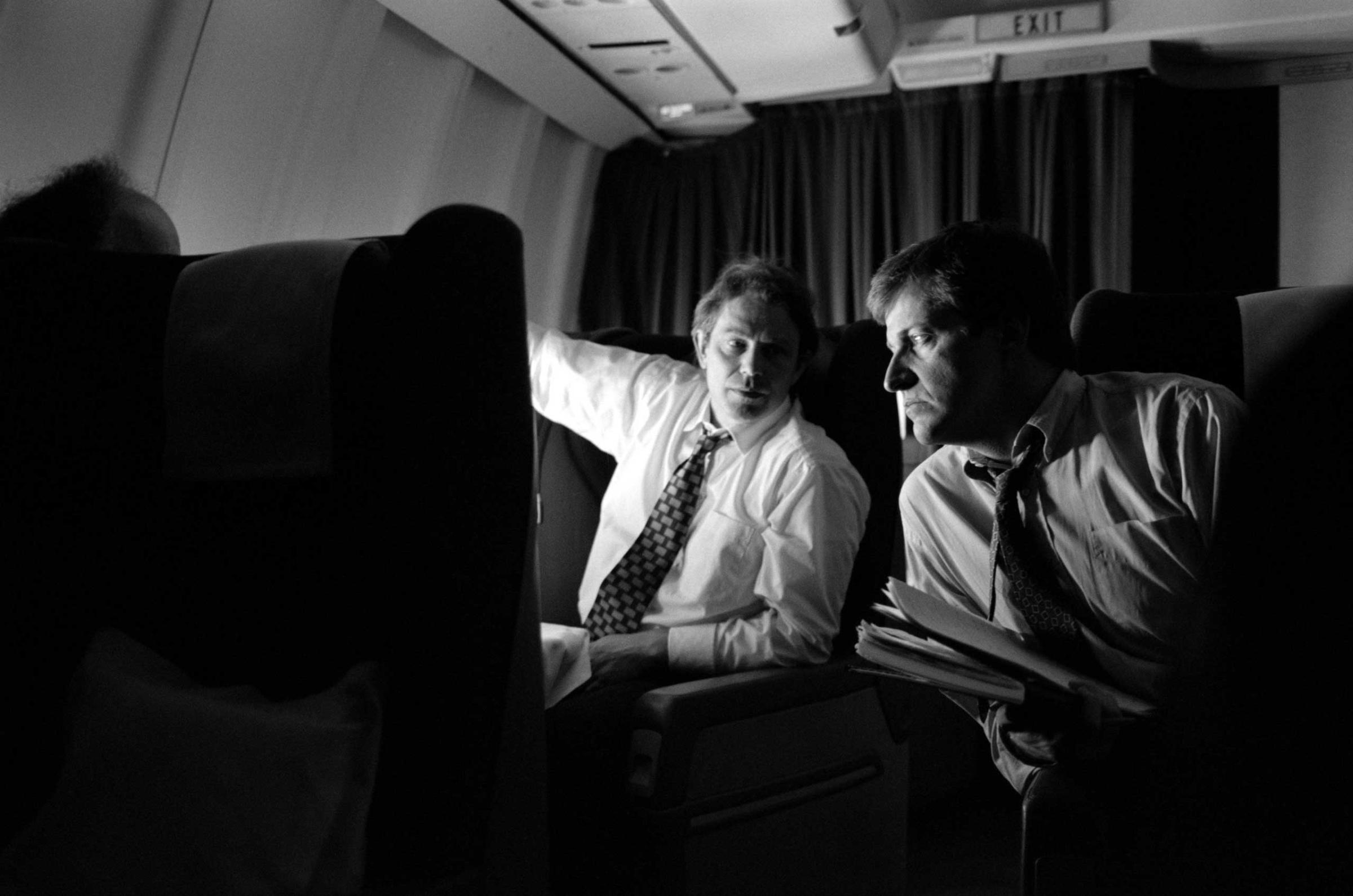
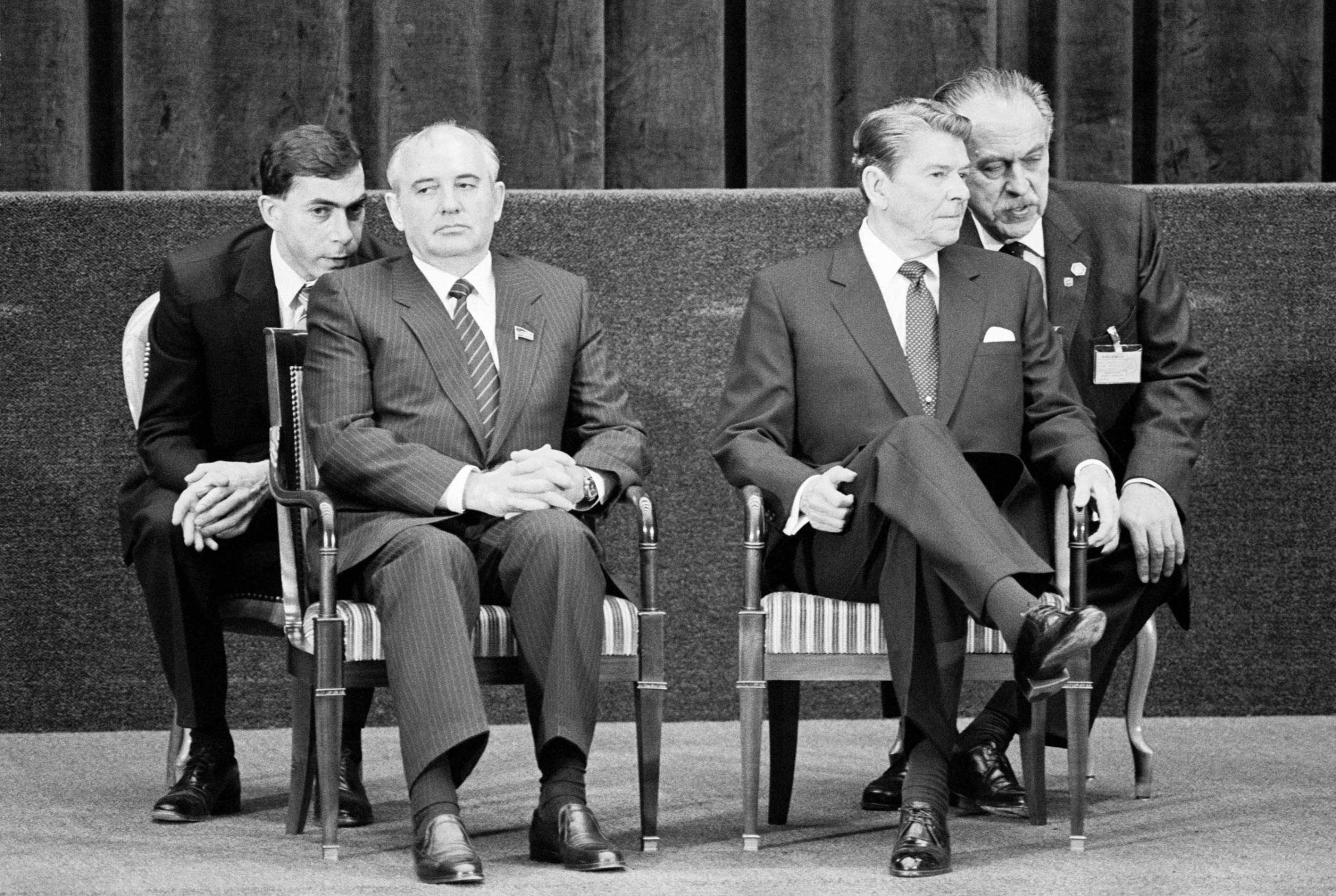
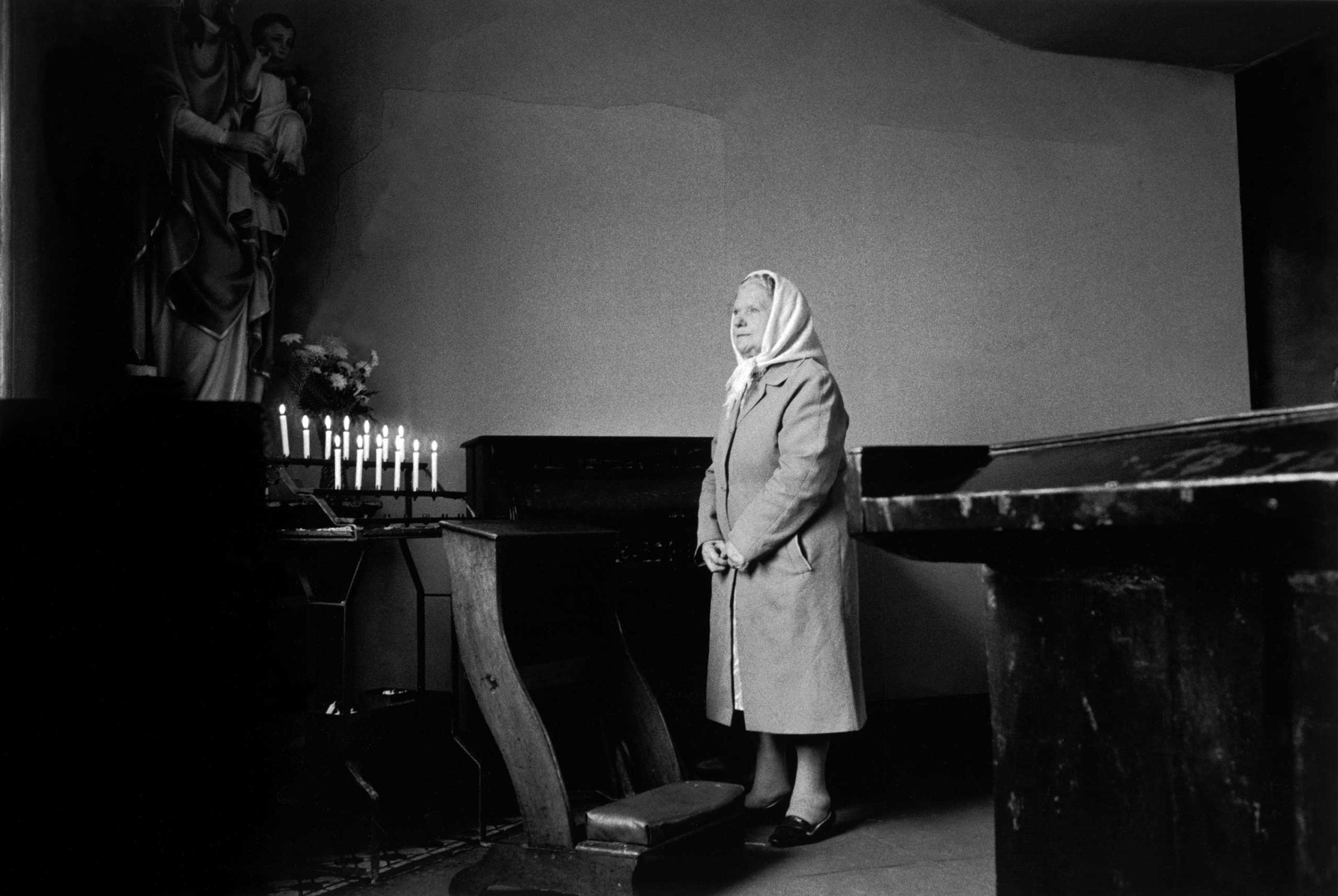
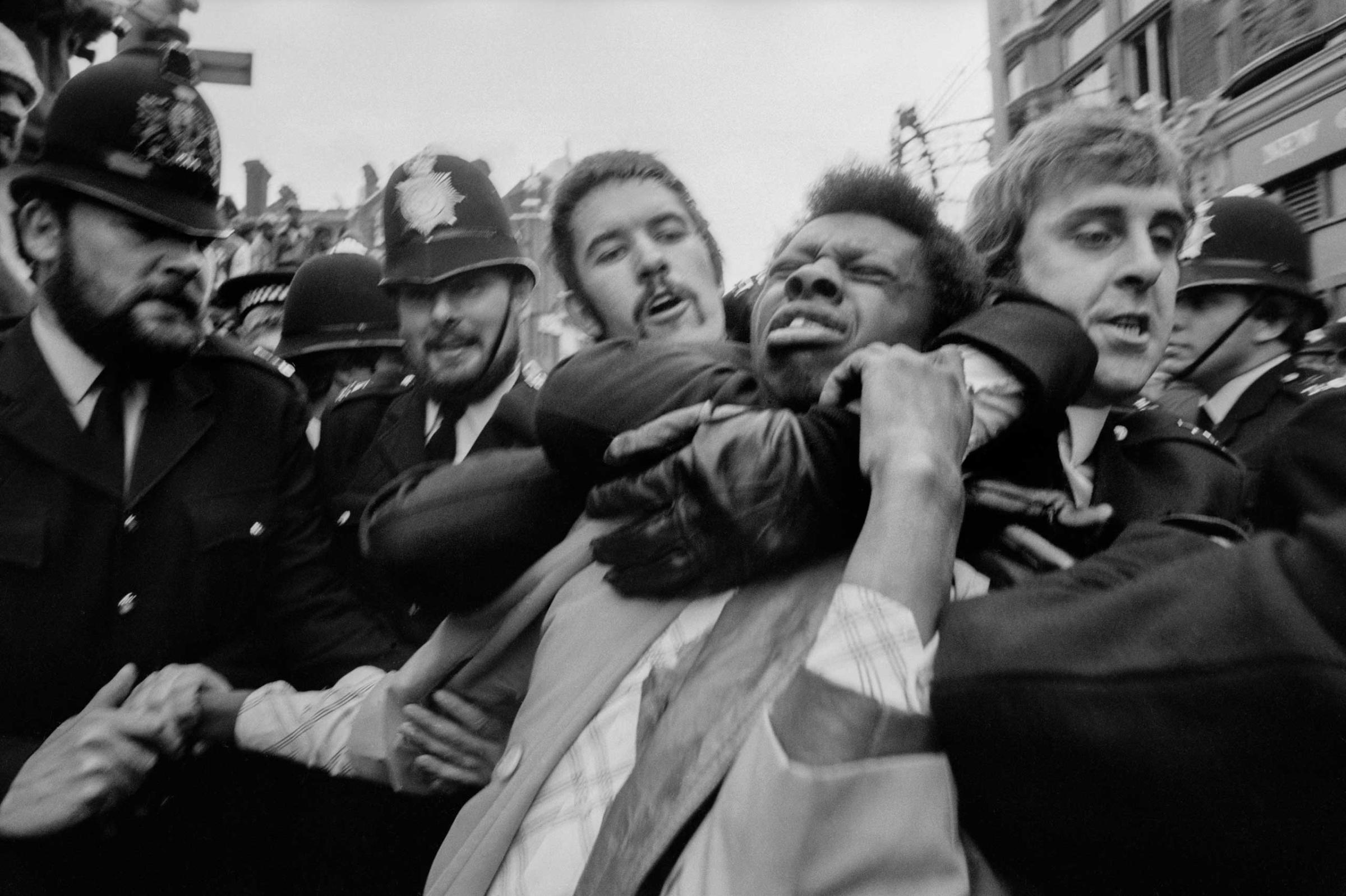
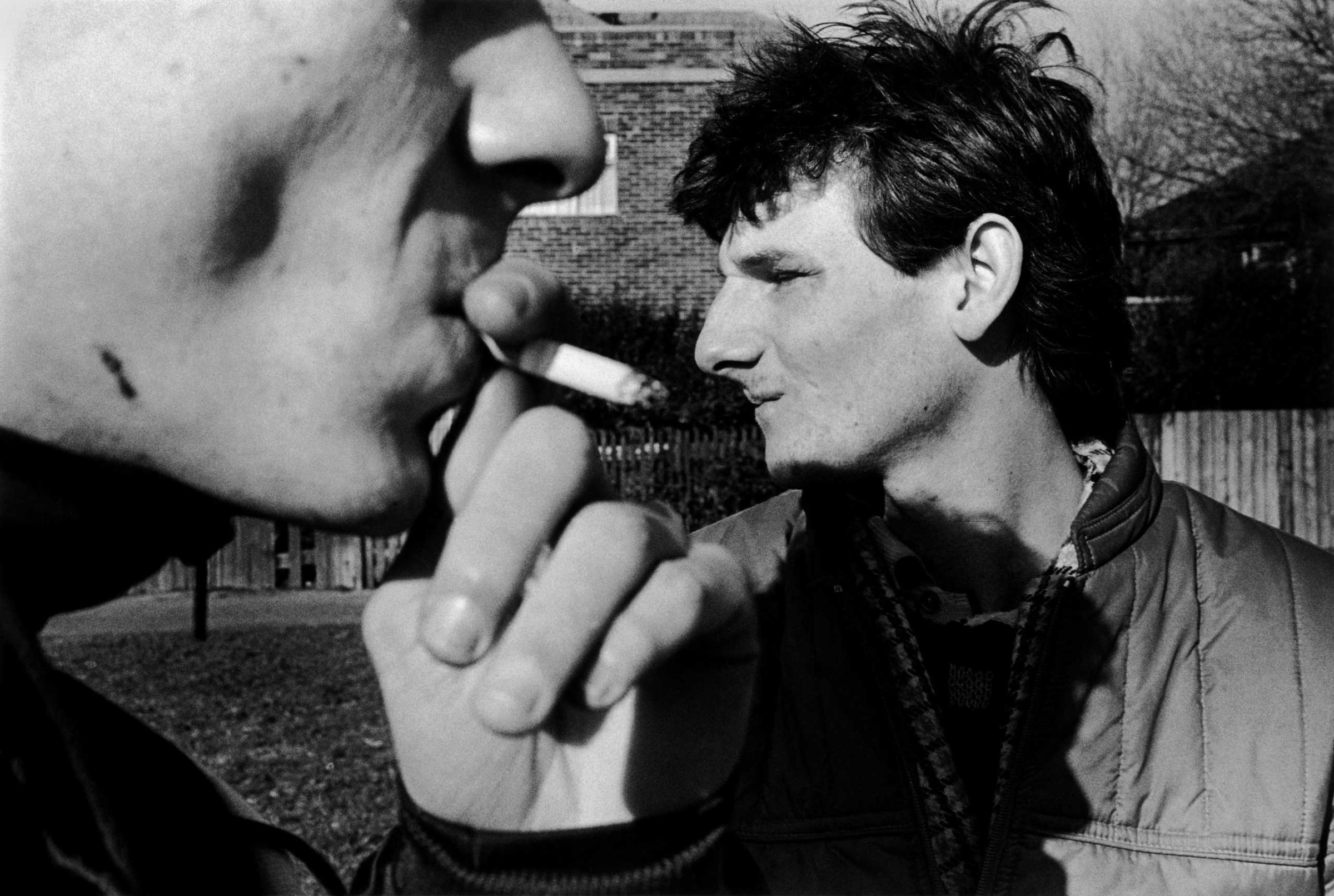
Born in 1952 in Kenilworth, England, Marlow read psychology at Manchester University. His photographic career began aboard a cruise ship, touring the Caribbean. In 1976, he joined the Sygma photo agency in Paris. He documented the volatile situations in Lebanon and Northern Ireland but ultimately turned his back on photojournalism, arguing, “the stereotype of the concerned photojournalist disguised the disheartening reality of dog-eat-dog competition between photographers hunting fame at all costs.” Marlow became an established portraitist and photographed many British Prime Ministers including Margaret Thatcher, David Cameron and Tony Blair. One of his best-known series called Liverpool Looking out to the Sea, taken over eight years in the 1980s, offers a deferential, surprising take on a city clouded by economic depression.
Marlow is also well known for the careful and dedicated documentation of his three sons and wife, which arguably developed into his most significant body of work. “Peter was always searching for different ways of expressing himself with photography,” says Franklin. It was in these photo-essays, adds Steele-Perkins, that Marlow’s photographic voice truly shone through: “It was those individual eccentric moments that he was most interested in capturing, from almost nothing.”
In his latest book, Marlow documented 42 Anglican cathedrals across England, with the series going on display at Coventry Cathedral. “I think we kind of potentially never saw the best of Peter,” says Steele-Perkins. “I knew him as an excellent photojournalist and then he continued to evolve and move into a more personal approach to looking at the world. One felt it would be very interesting to see where he went next.” Marlow died on February 21 after a struggle with bone-marrow cancer. He is survived by his three sons and wife.
David Gilkey (1965 – 2016)
David Gilkey, like many accomplished photojournalists, was never fully satisfied with his work, says his friend and colleague of 15 years, Chip Somodevilla. “There were always better pictures to be made the next day or on the next assignment.” Gilkey, an NPR photojournalist, was killed alongside the radio’s Afghan interpreter Zabihullah Tamanna in an ambush in Afghanistan’s Helmand province. He was 50.
Gilkey was born in Portland, Ore. Growing up, he wanted to be a truck driver, but he quickly fell in love with photography. “My father had a dark room, and as a reward for being good, he’d let me play in the dark room and take pictures,” Gilkey told NPR in a 2013 interview. He studied journalism at Oregon State University, worked for the Boulder Daily Camera before joining the Detroit Free Press in 1996. Right away, Gilkey traveled the world, covering the end of the apartheid regime in South Africa and the famine in Somalia. After 9/11, however, he turned his lens on the conflicts in Iraq and Afghanistan, which he kept going back to even after joining NPR in 2007.
“On the surface, David was intimidating and hard,” says photographer David Guttenfelder, who started his career in Africa alongside Gilkey. “Walking from his tent to the chow hall on U.S. desert military base X, with a dip in his lower lip and wearing the latest and dustiest tactical gear, young Marines and soldiers would mistake him for special ops and stop to salute. It was probably easier that way. As an NPR photojournalists, he was tired of explaining to everyone how to take pictures for the radio.” But, Gilkey was a “big-hearted man of pure purpose,” Guttenfelder adds. “His raunchy jokes were meant to lift his colleagues whenever we lost our courage in the field. His important moving work was made with modesty and was often unsung.”
Gilkey never worked for the awards and accolades he received in the course of his career – from a George Polk Award in 2010 to a Peabody Award in 2015. “His repeated trips to Iraq and Afghanistan were part of his mission to remind Americans of what was being done in our name,” Somodevilla tells TIME. “He bonded with and supported the war-fighters but believed his photographs were evidence against war itself. David died holding up a mirror to the world and forcing us to look at the results of our decisions and actions.”
Jeroen Oerlemans (1970 – 2016)
Jeroen Oerlemans, a seasoned photojournalist reporting from Afghanistan, Syria and Libya, was known for the meticulous grace with which he approached conflict zones. He was fatally shot on October 2 by an Islamic State sniper in the coastal city of Sirt, while covering the front line of a battle between pro-government forces and ISIS. He was 46. Though based in Amsterdam, he forged a career documenting the plight of those suffering the impact of war or natural disaster. “Jeroen had a great balance between close up in the action but also finding a kind of aesthetic quality. He always showed us a little bit more about the situation and context,” Jan Van Der Burg, a fellow colleague who shared an office with Oerlemans for many years, tells TIME.
Born in the North Brabant province of the Netherlands, Oerlemans studied political science at Amsterdam University and journalism at London College of Communication. In 2012, Oerlemans was abducted for a week in Syria. Der Burg said the experience did not seem to change him. “For most people that would count as a traumatic experience,” he says. “But not for Jeroen. When you met him you felt an instant friendship. You immediately knew he was a really, really good guy. It was this attitude that kept him alive during the kidnapping affair.” He balanced his conflict photography with commercial ventures, which served the purpose of financing the work he was truly passionate about. Bette Dam, a fellow journalist with whom Oerlemans stayed with in Kabul, recalls that he was not a typical “macho-type war reporter,” instead, a humble observer, who genuinely cared about the suffering of those he photographed, thanking them for their help when he made a picture and making jokes when he could. “Jeroen was energized by the possibility of telling those important stories, of getting the message out of this painful conflict to his Western audience,” she adds. He is survived by his girlfriend and three children.
Malick Sidibe (1935 or 1936 – 2016)
Few artists can be credited with crafting the cultural image of their country, but Malick Sidibe’s photography did just that. “Malick was one of the architects of Mali’s modernity,” Manthia Diawara, Professor of Comparative Literature at NYU and close friend of Sidibe, tells TIME. “He sculpted its place on the world stage of fashion, culture and music. I can never exaggerate his role in opening people’s minds at the time of Malian independence.” Born to a peasant family in what was then French Sudan in 1935 or 1936, he left his shepherding duties at the age of 10 to study at a colonial school at which he was one of very few non-white students. He won a place at École des Artisans Soudanais in Bamako in 1952 and became the apprentice to society photographer Gerard Guillat, which marked the start of his stellar career.
In Memoriam: Malick Sidibé (1936 – 2016)
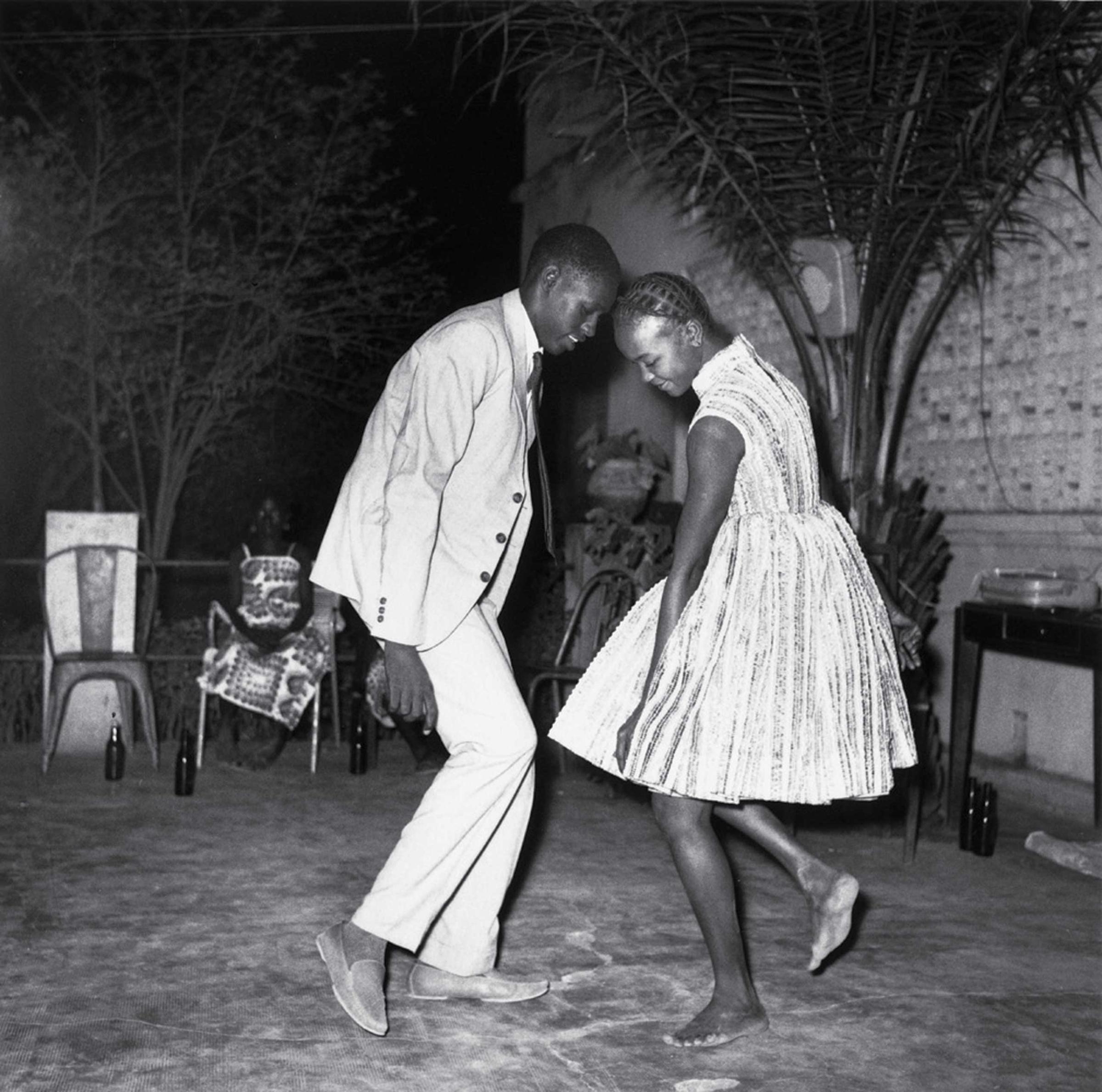
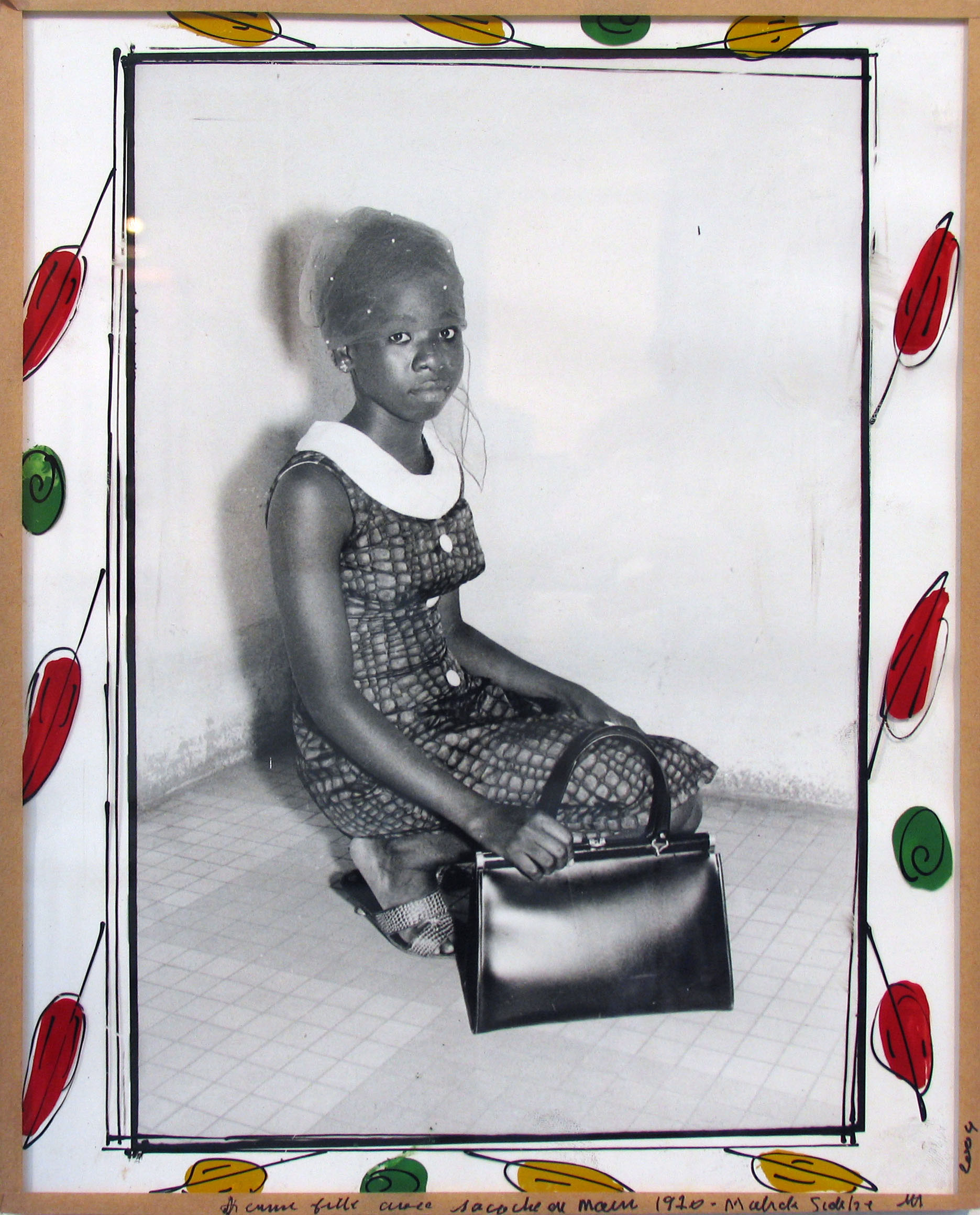
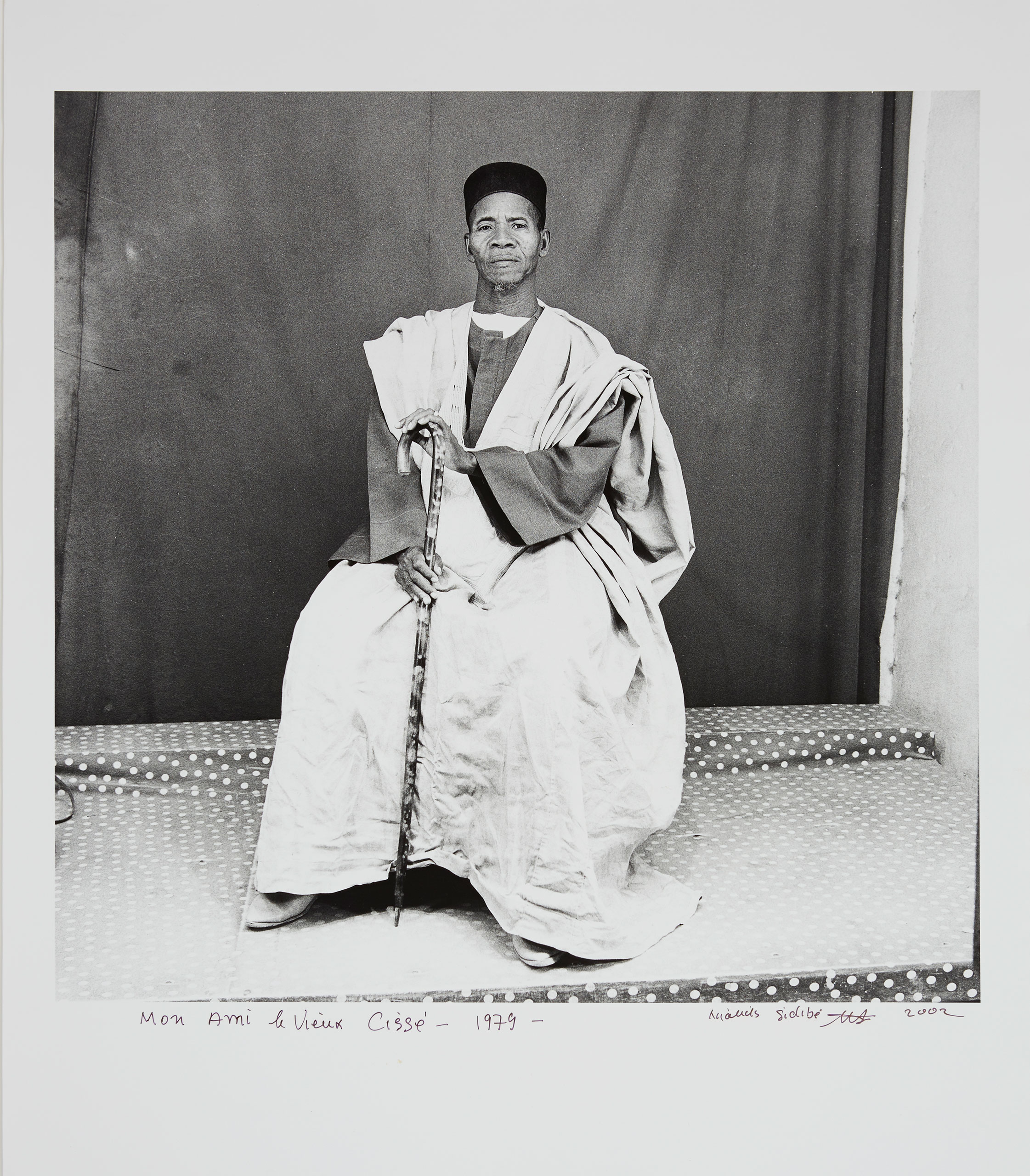
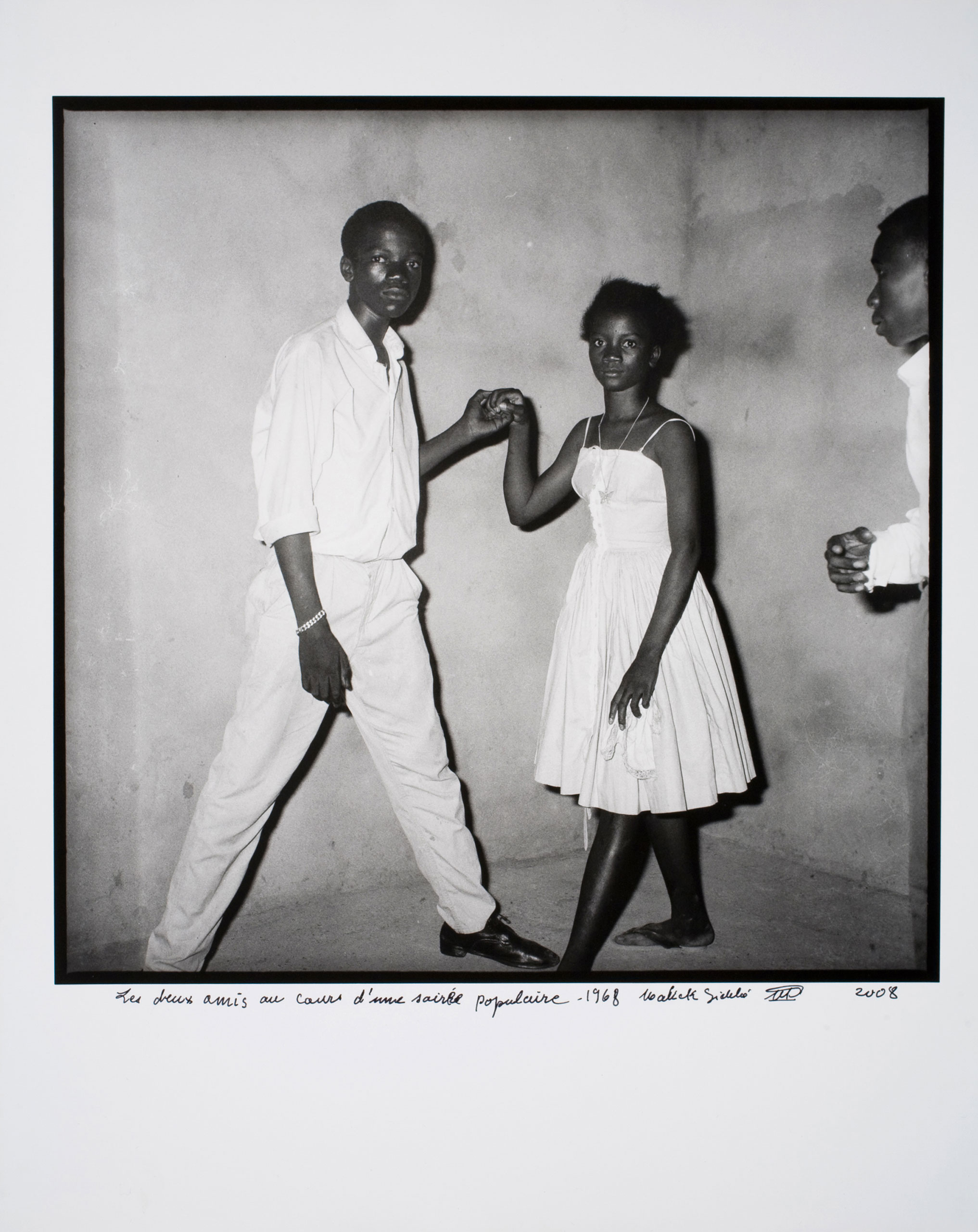

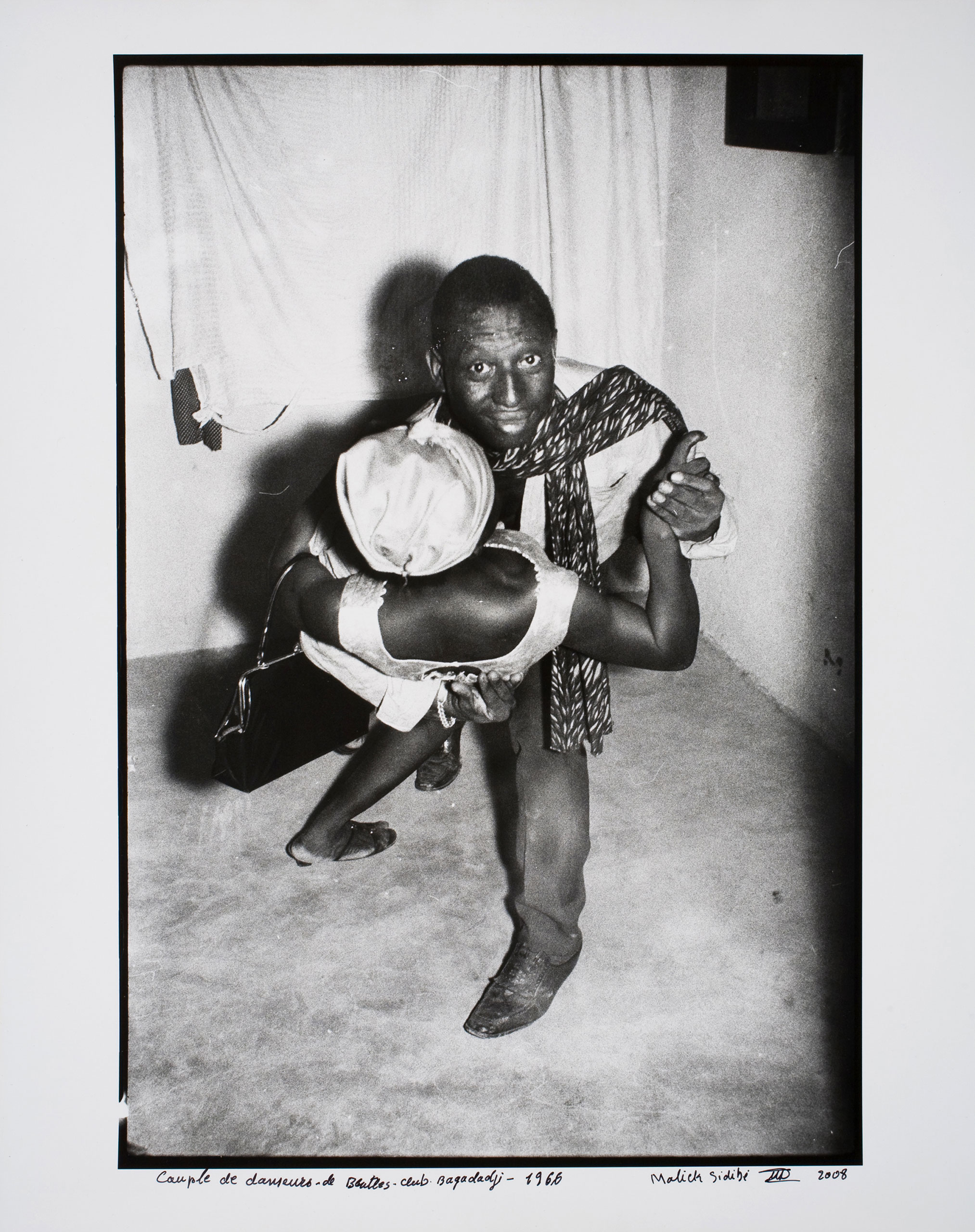
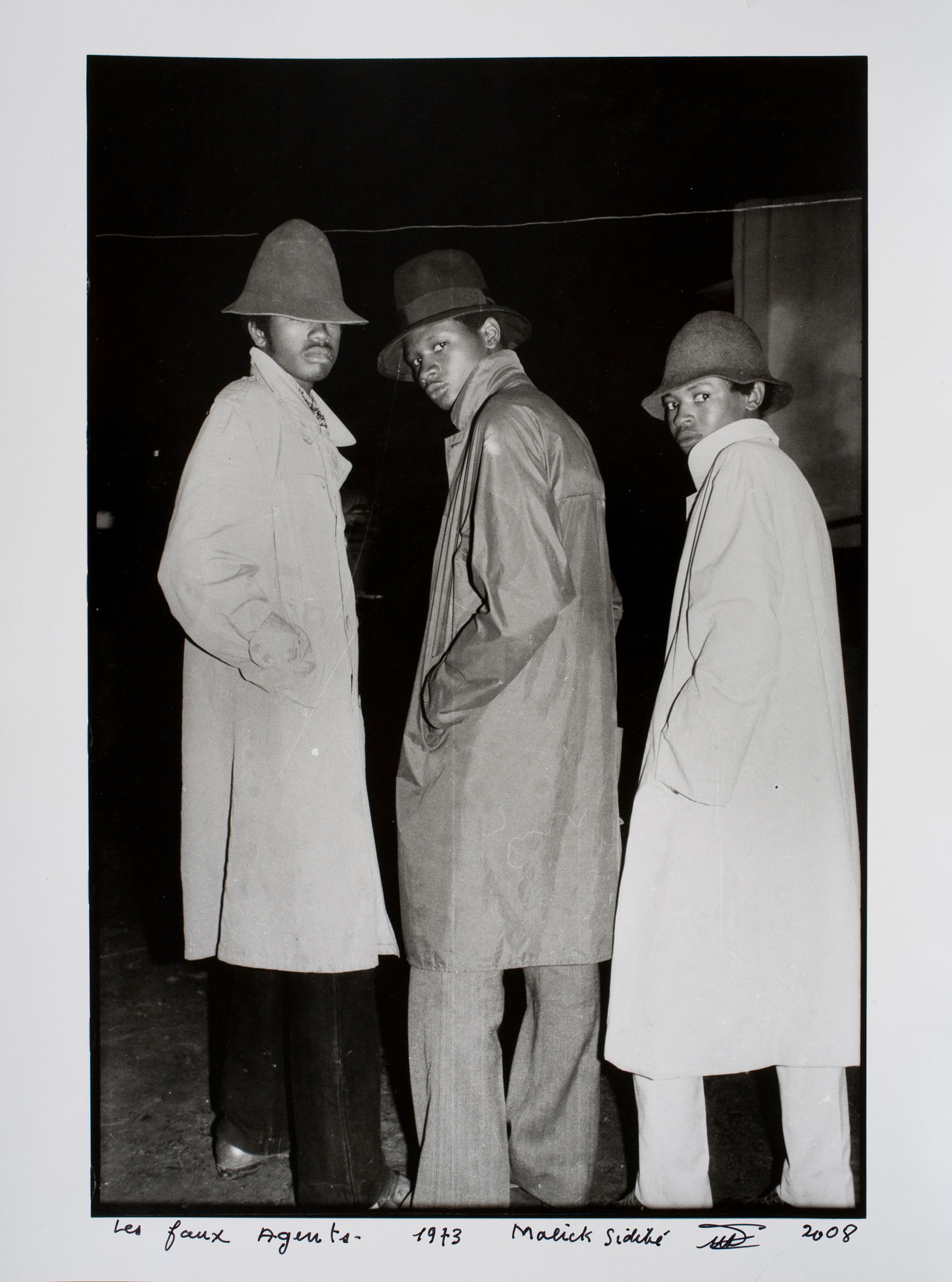
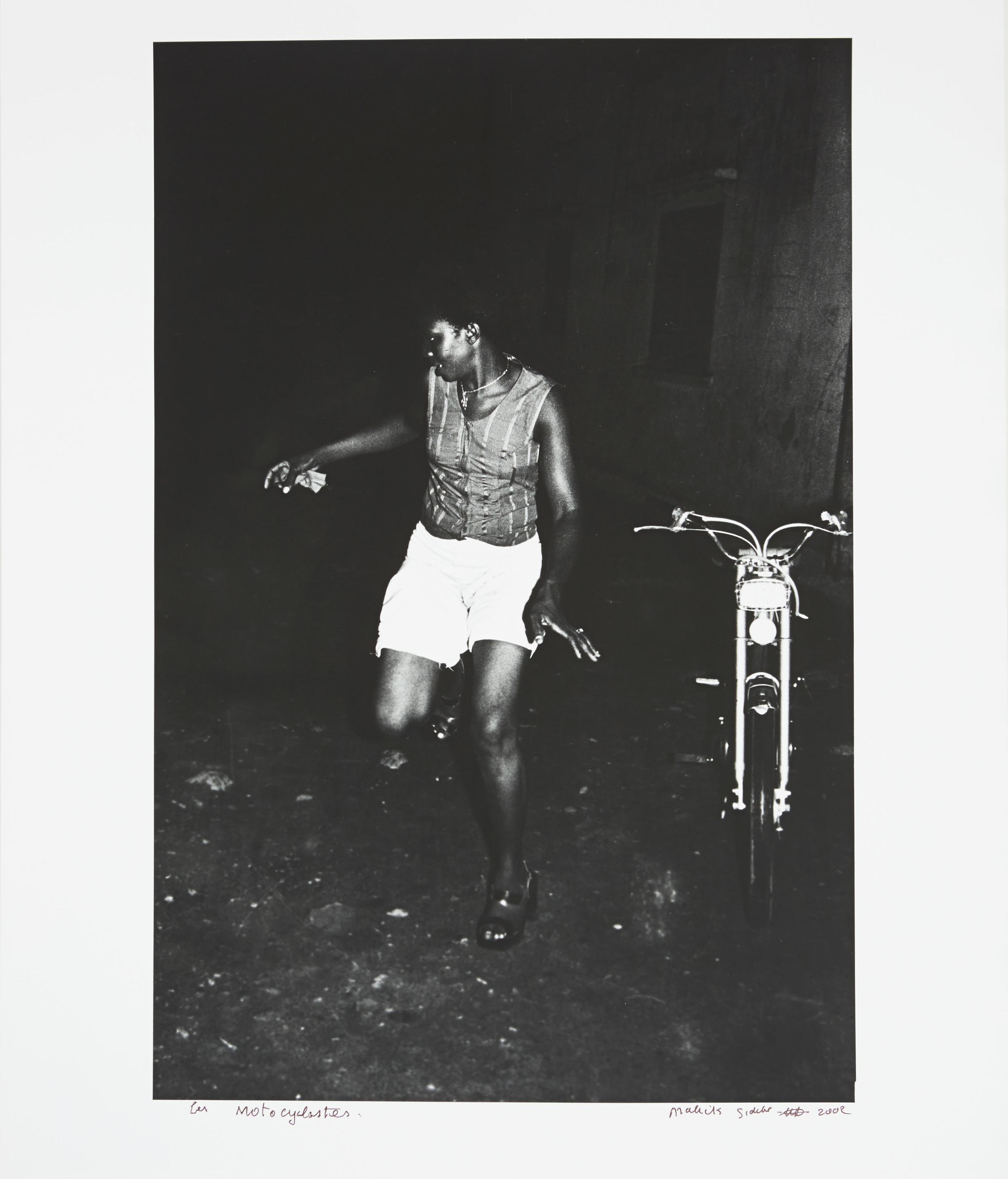
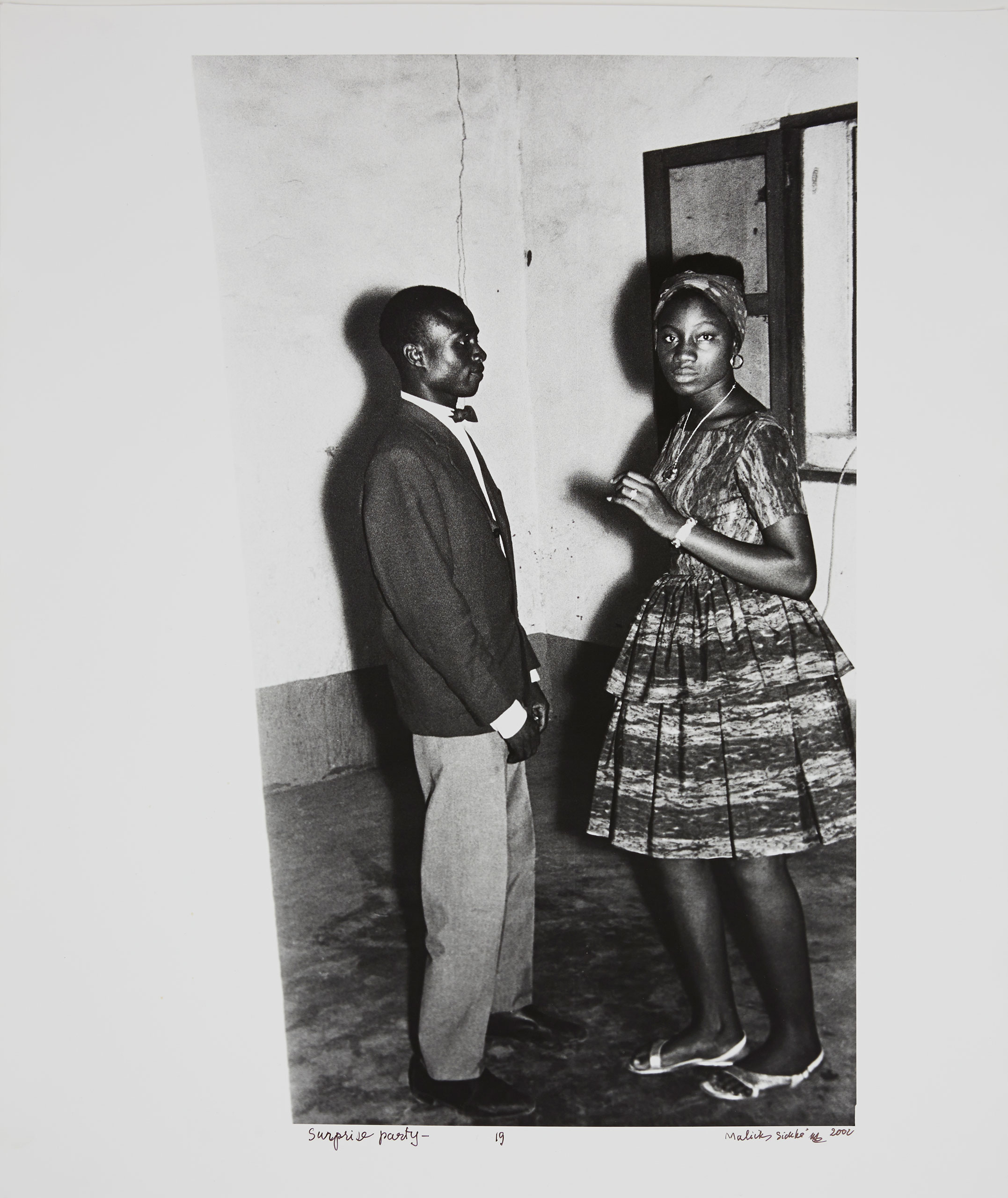
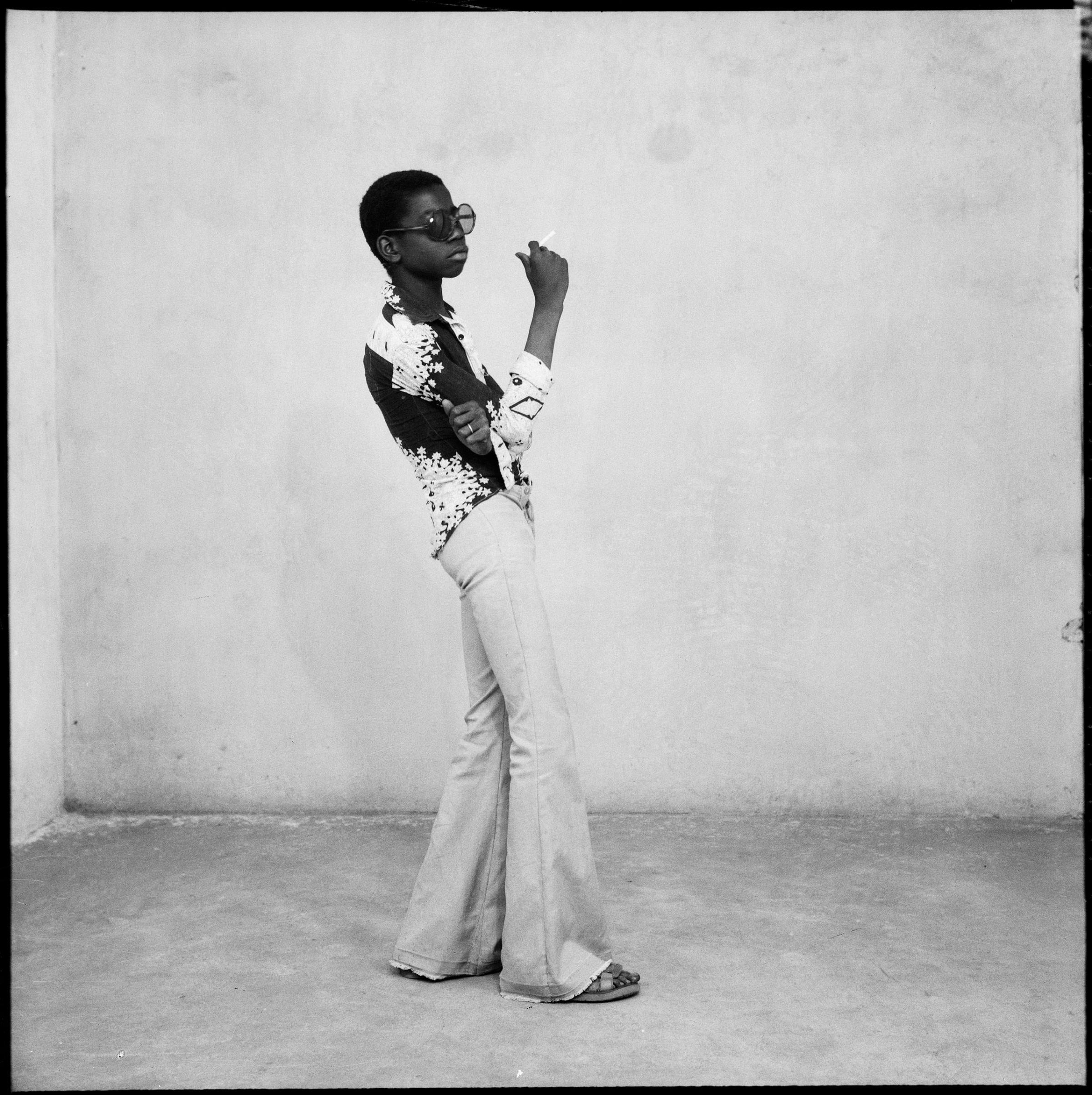
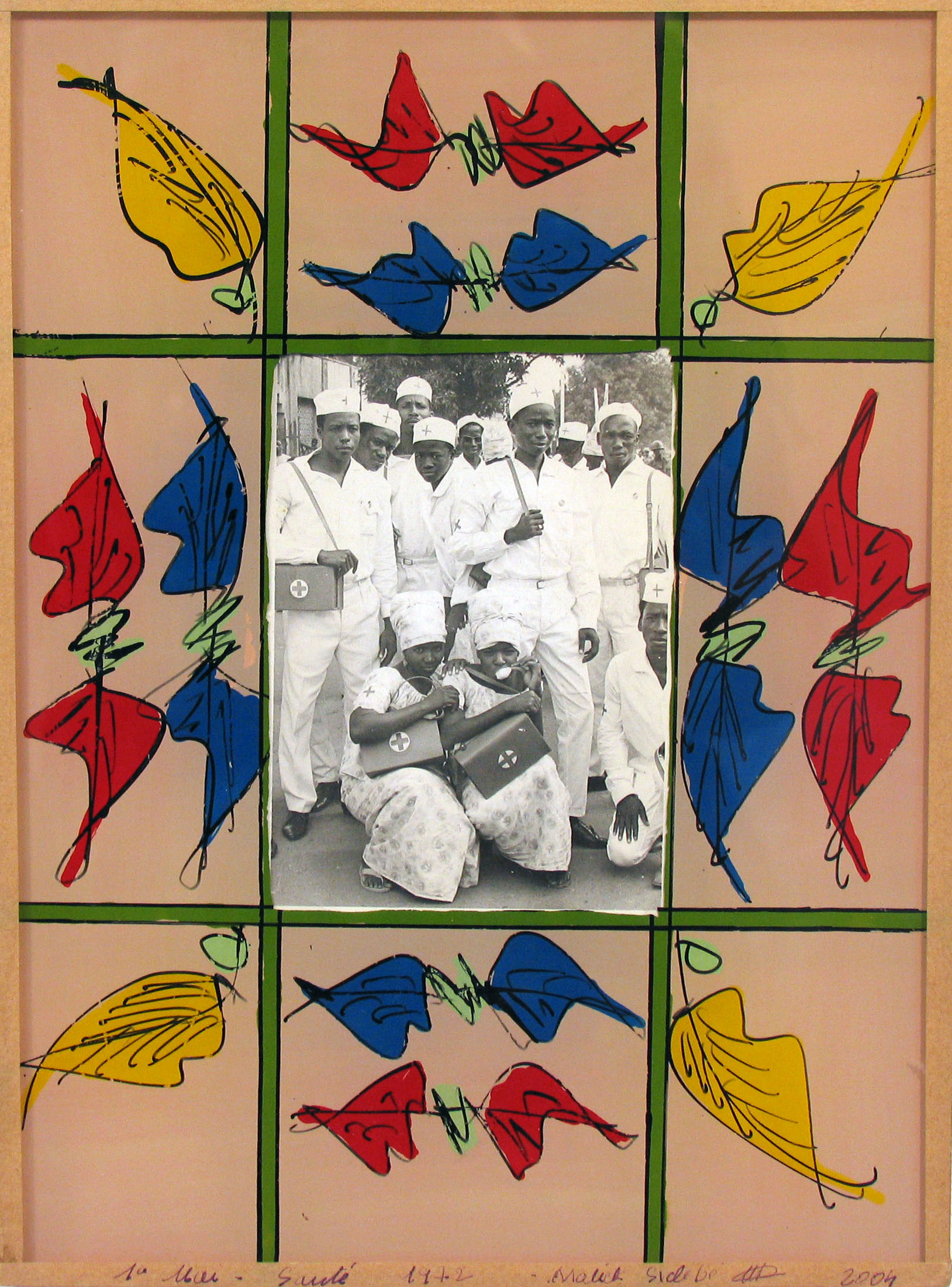
From the 1970s onwards, Sidibe operated out of his tiny studio – called Studio Malick – in the heart of Mali’s capital. He become known as the “Eye of Bamako” for his documentary-style photography that offered a rare glimpse into African youth pop culture. If dance and music were central to Mali’s freedom, Sidibe was the people’s liberator. “Malick freed the bodies that were very much imprisoned in the old traditions,” says Diawara. His portraits of Mali’s youth – as they wished to be photographed – captured moments of carefree spontaneity as the country began to taste its independence. Sidibe not only captured people’s movement but their desires and was “like a big brother to all the youths he photographed”, says Diawara, who was one such Bamako youth. Sidibe became an internationally sought after artist and went on to become the first African artist and first photographer to win the Golden Lion for Lifetime Achievement Award. But his fame did not “make him any less generous or loving of his fellow Malians,” says Diawara. He remained “incredibly humble,” living until his death in the single room above his studio in Bamako. Sidibe’s photographs gave Malians a message, which still rings true to people of color today: “You are free. You are independent. You are powerful. You are beautiful.” Sidibe died aged 80 on April 14.
Wolfgang Suschitzky (1912 – 2016)
Wolfgang Suschitzy, photographer and cinematographer who was influential in the development of British Cinema in the 1930s and 40s, died at the age of 104 at his home in London on October 7. Some of his most notable work included the 1971 British Crime Film Get Carter directed by Mike Hodges and starring Michael Caine. His street photography was just as notable, as he focused on subjects ranging from animals at zoos to every day subjects in order to highlight social distinctions – often depicting them as being content in what they’re doing.
Suschitzky was born in Vienna, Austria, in 1912 to parents of Jewish heritage and grew up in a working class neighborhood. He studied photography at the school of visual arts in Vienna where he met his first wife, Helena Voute. Suschitzky was interested in documentaries, seeing them as serving the greater good. One of his first documentaries focused on the steel industry. He and Voute moved to London in 1934 amidst increasing Anti-Semitism. After their divorce in the late 1930s, he went on to marry twice more: Ilona Donat and Beatrice Cunningham. Suschitzky is survived by his longtime partner Heather Anthony and his three children from his second marriage including: Peter Suschitzky, whose works as a cinematographer include The Empire Strikes Back, in addition to nine grandchildren and seven great-grandchildren.
Howard Bingham (1939 – 2016)
Not many public friendships spanned for nearly five decades like the one between Muhammad Ali and photographer Howard Bingham. The two met in the 1960s when Bingham, who worked at the Sentinel, was assigned to cover the boxing legend. From there, Bingham became Ali’s official photographer, taking hundreds of thousands of images ranging from Ali fighting to suffering from Parkinson’s Disease. “He was truly one of the real good guys,” says sports photographer Neil Leifer. “I photographed him for the cover of Sports Illustrated along with Ali, and it was one of the most fun assignments I ever had. It was the July issue in 1998, and the headline ran, ‘Who’s that guy with Howard Bingham? You don’t know Muhammad Ali until you know his best friend.’”
Bingham was born in Mississippi in 1939 and was raised in Los Angeles, where he resided for the remainder of his life. Aside from spending time with Ali, he covered the 1968 Democratic Convention in Chicago in addition to covering race riots and the Black Panther Party. His work was featured in LIFE and Sports Illustrated. He passed away December 15 at the age of 77 at a Los Angeles Hospital and is survived by his wife Carolyn and his son, Dustin.
Fred Ward (1935 – 2016)
Fred Ward photographed pop stars, presidents and precious stones with equal finesse. During his five-decade long career, he travelled to more than 130 countries on assignment for TIME, LIFE, Newsweek, and National Geographic. His most notable images include those of Martin Luther King, John F Kennedy – both of which made LIFE magazine covers – and The Beatles. His candid pictures of Fidel Castro, taken during a trip to Cuba in the 1970s, were compiled into a book “Inside Cuba Today” in 1978, while his unlimited access to Gerald Ford in the first two month of his presidency became an intimate and iconic series of pictures. He later became a friend of the family. “Some photographers have big egos but Fred was not like that. He was very quiet. But he had this dry sense of humor,” Dennis Brack, a longtime friend and fellow Black Star photographer tells TIME. “Within five minutes, you thought: ‘This is a very funny guy and someone I want to be around.’ And that’s exactly how he gained the trust of President Ford.”
In Memoriam: Fred Ward (1935-2016)
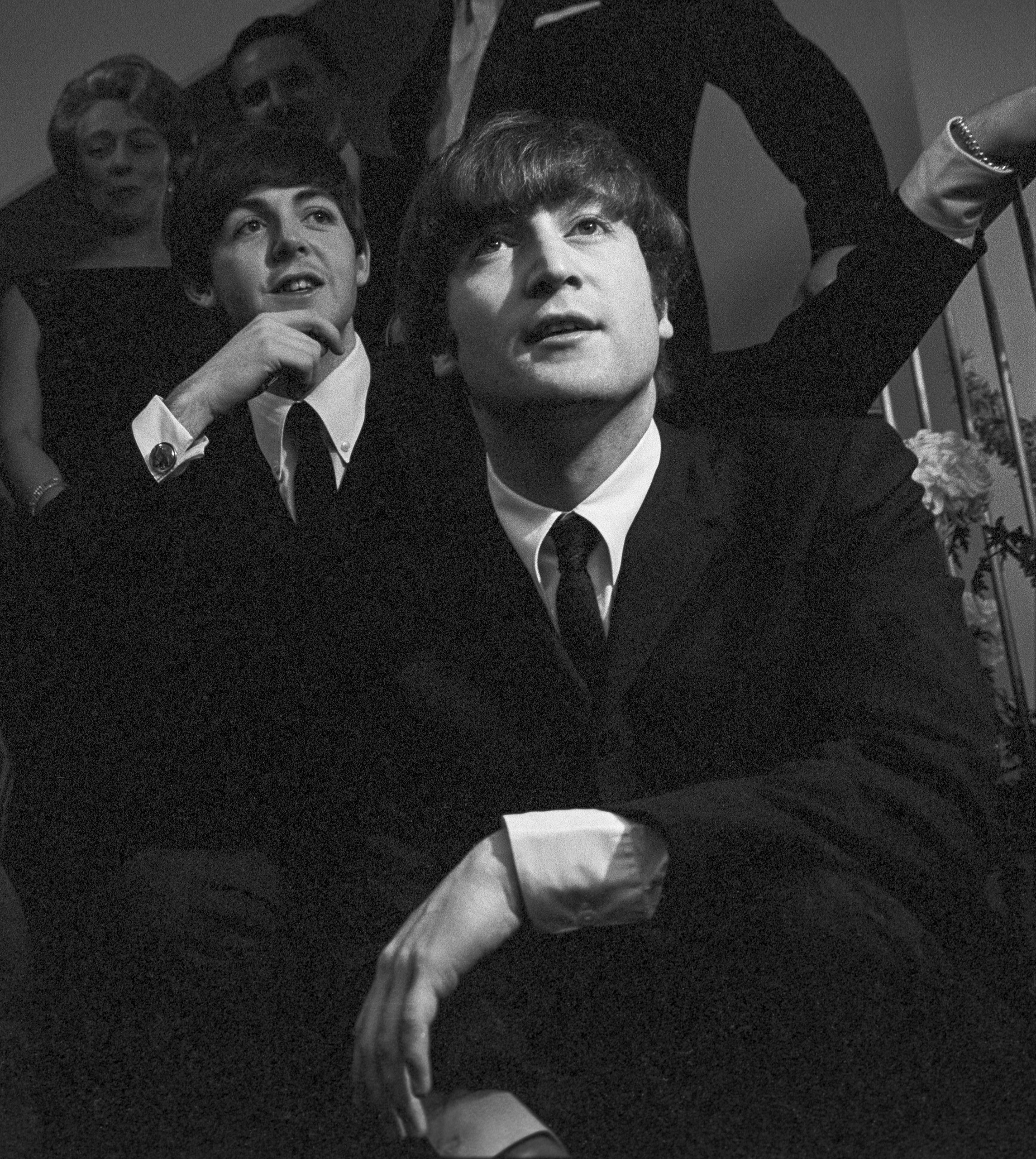
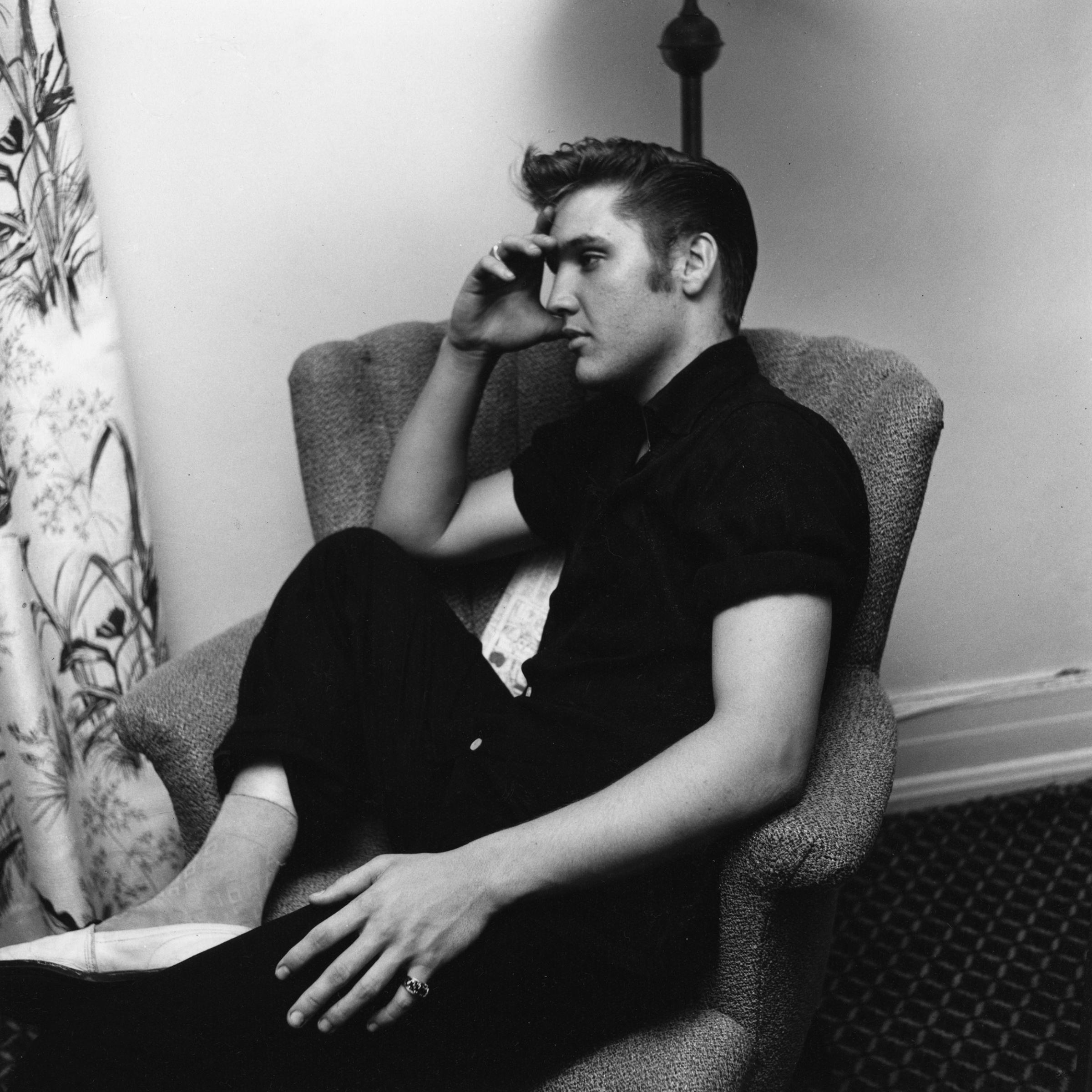
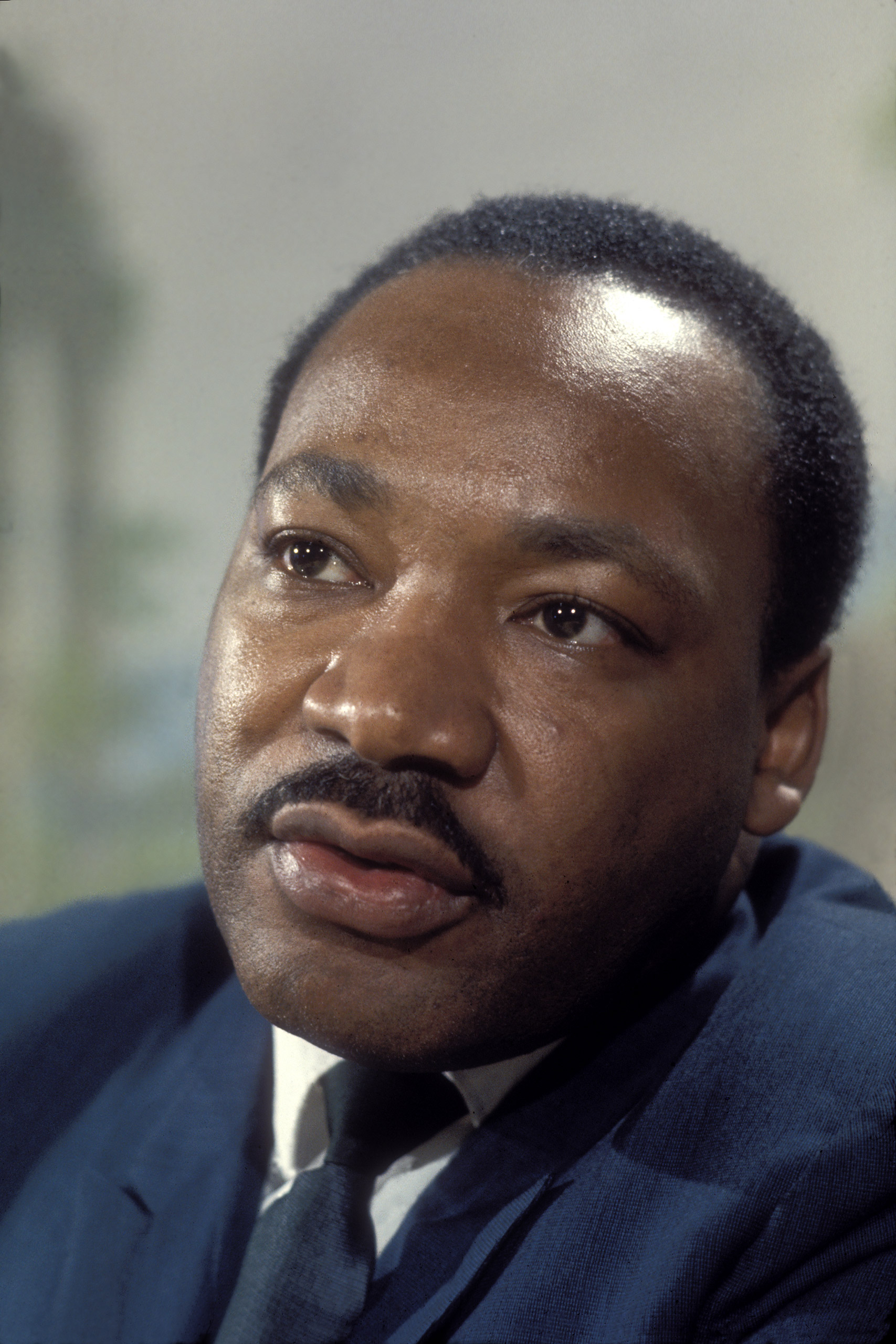
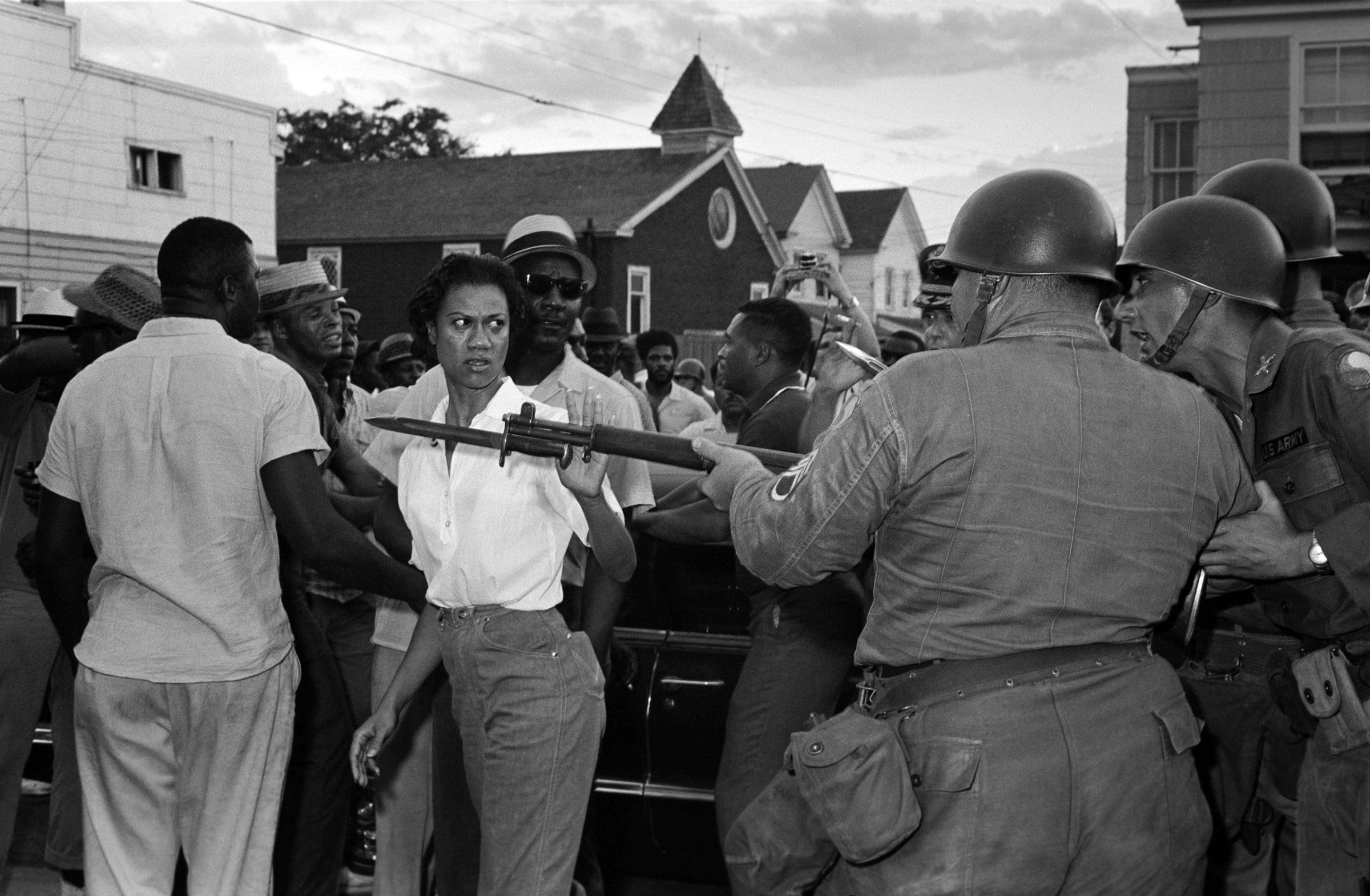
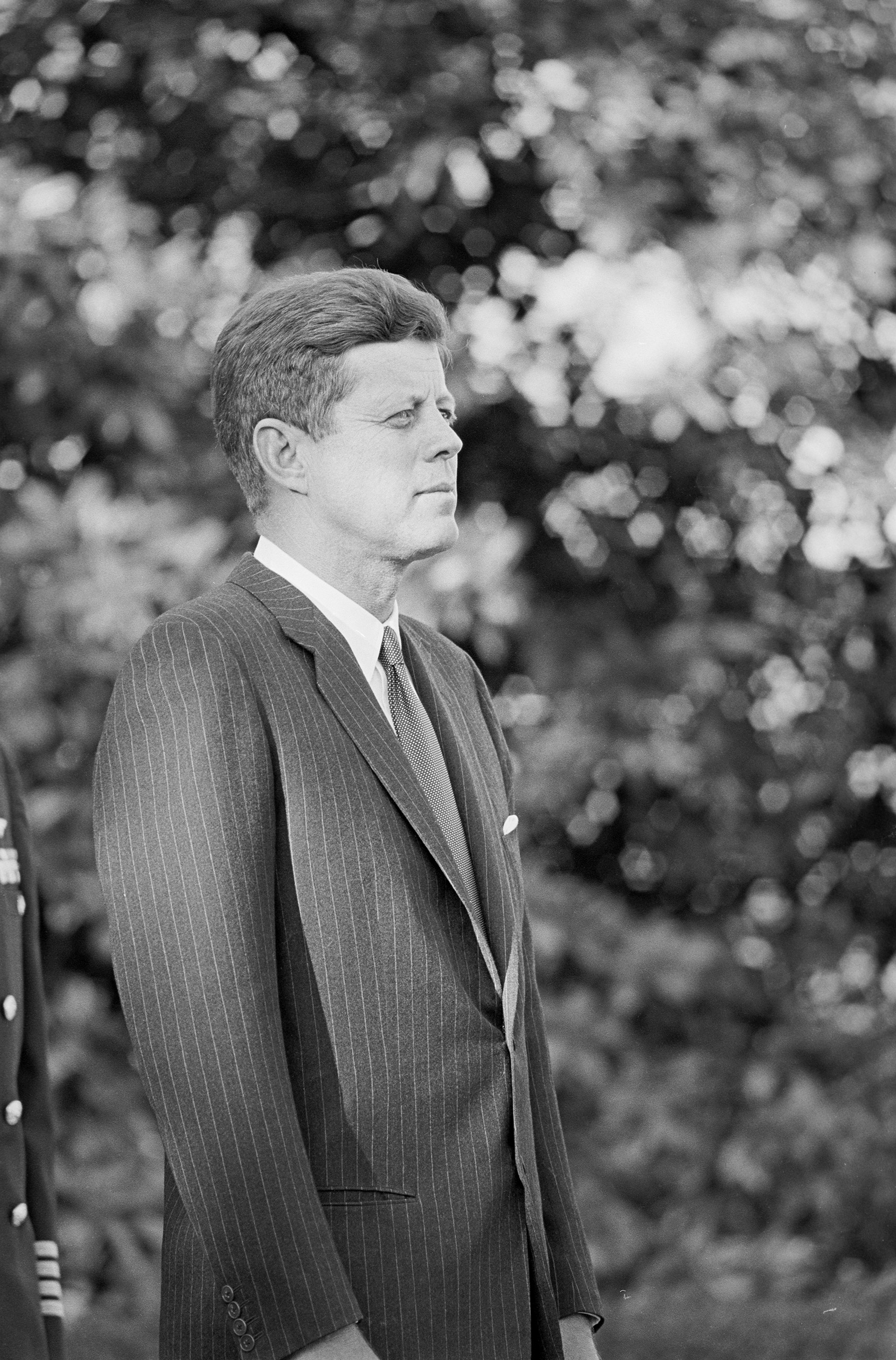
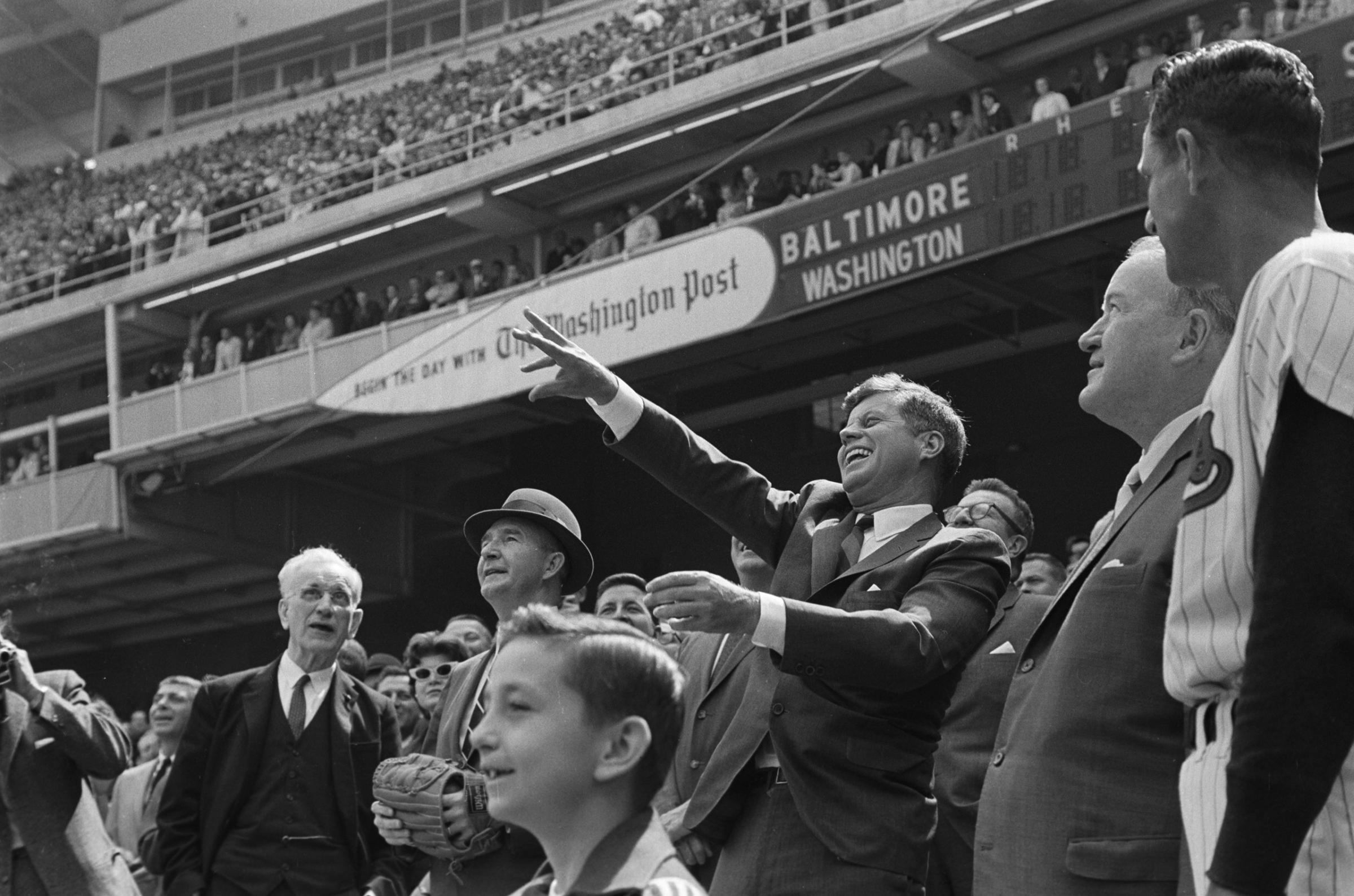

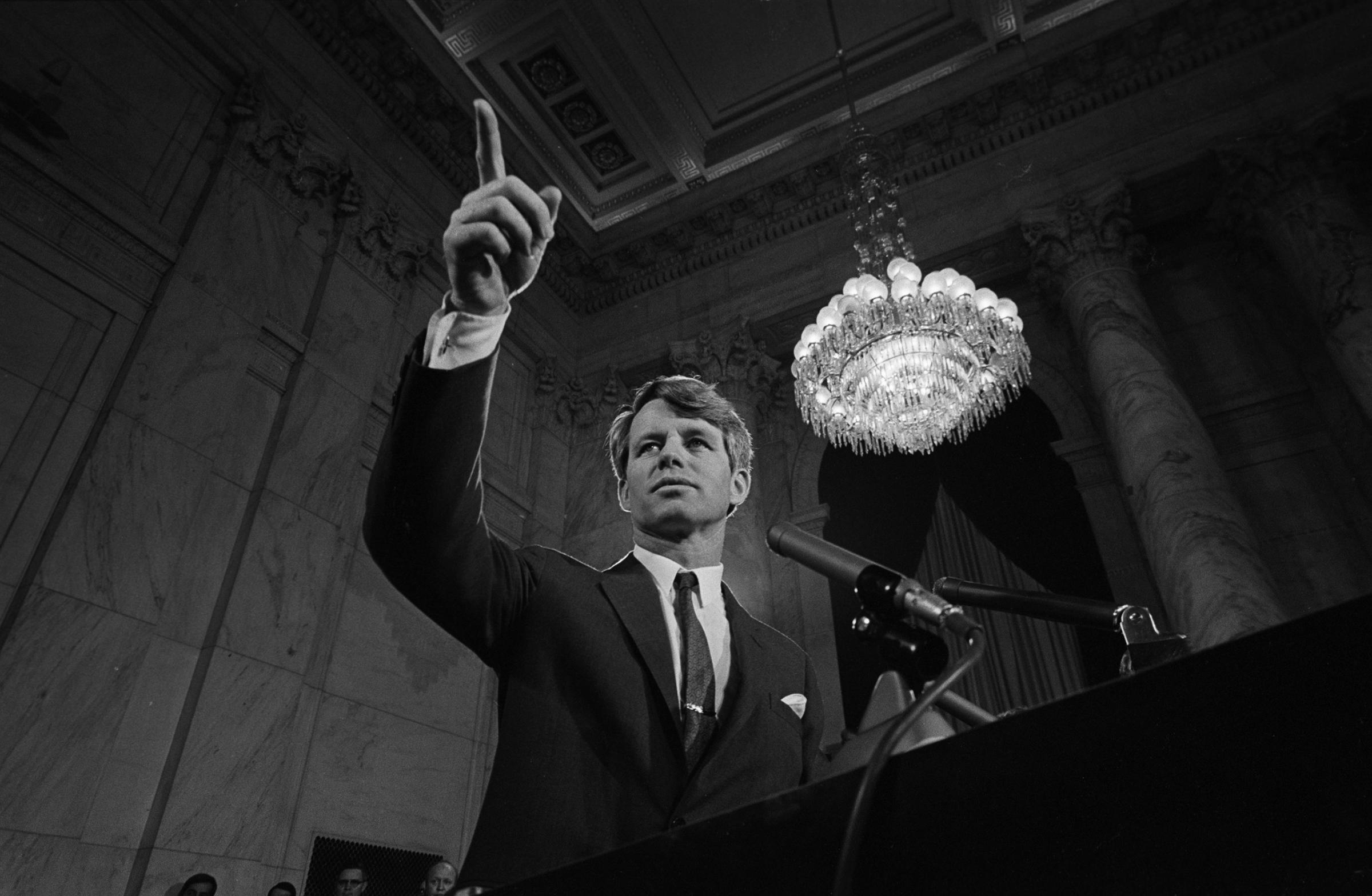
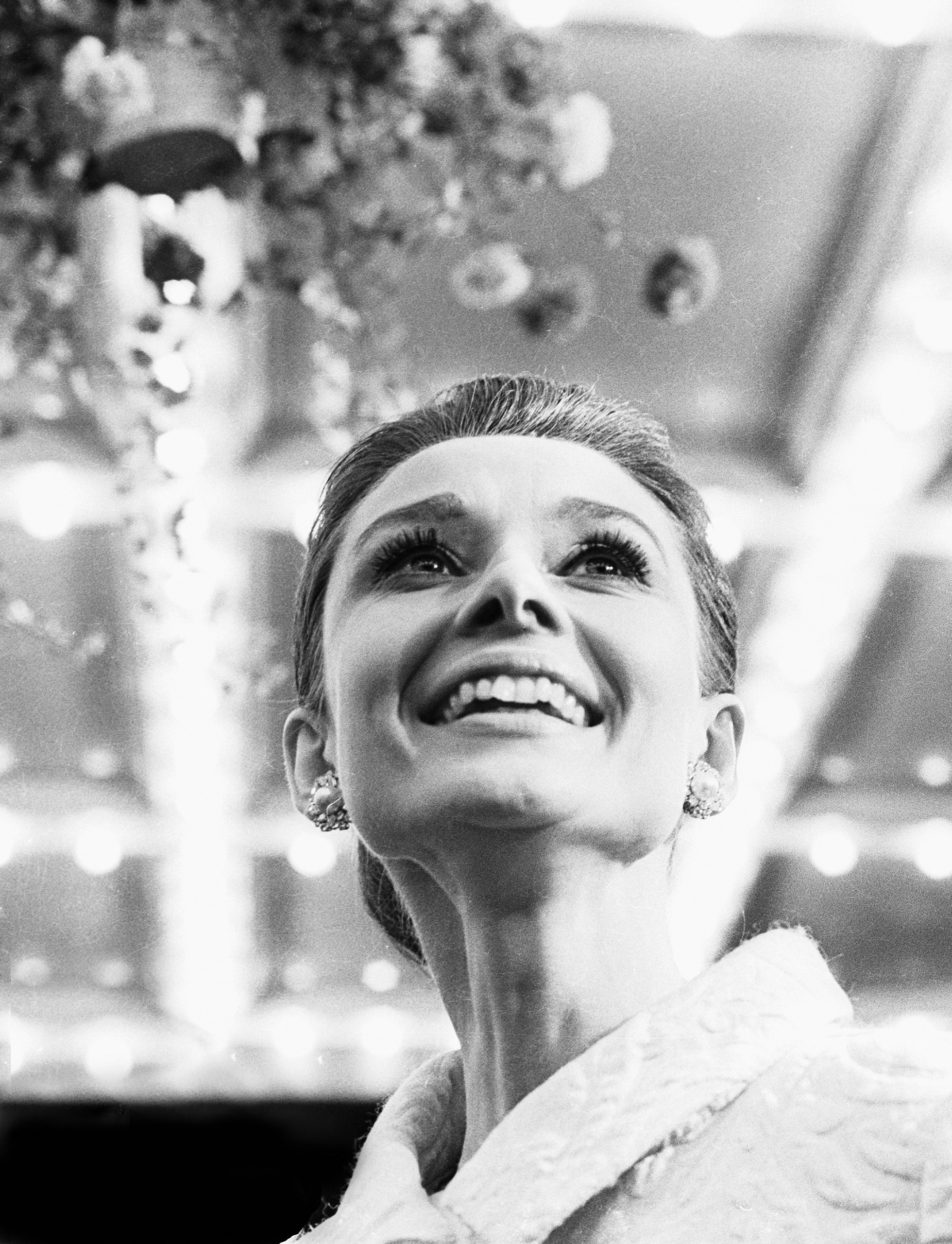
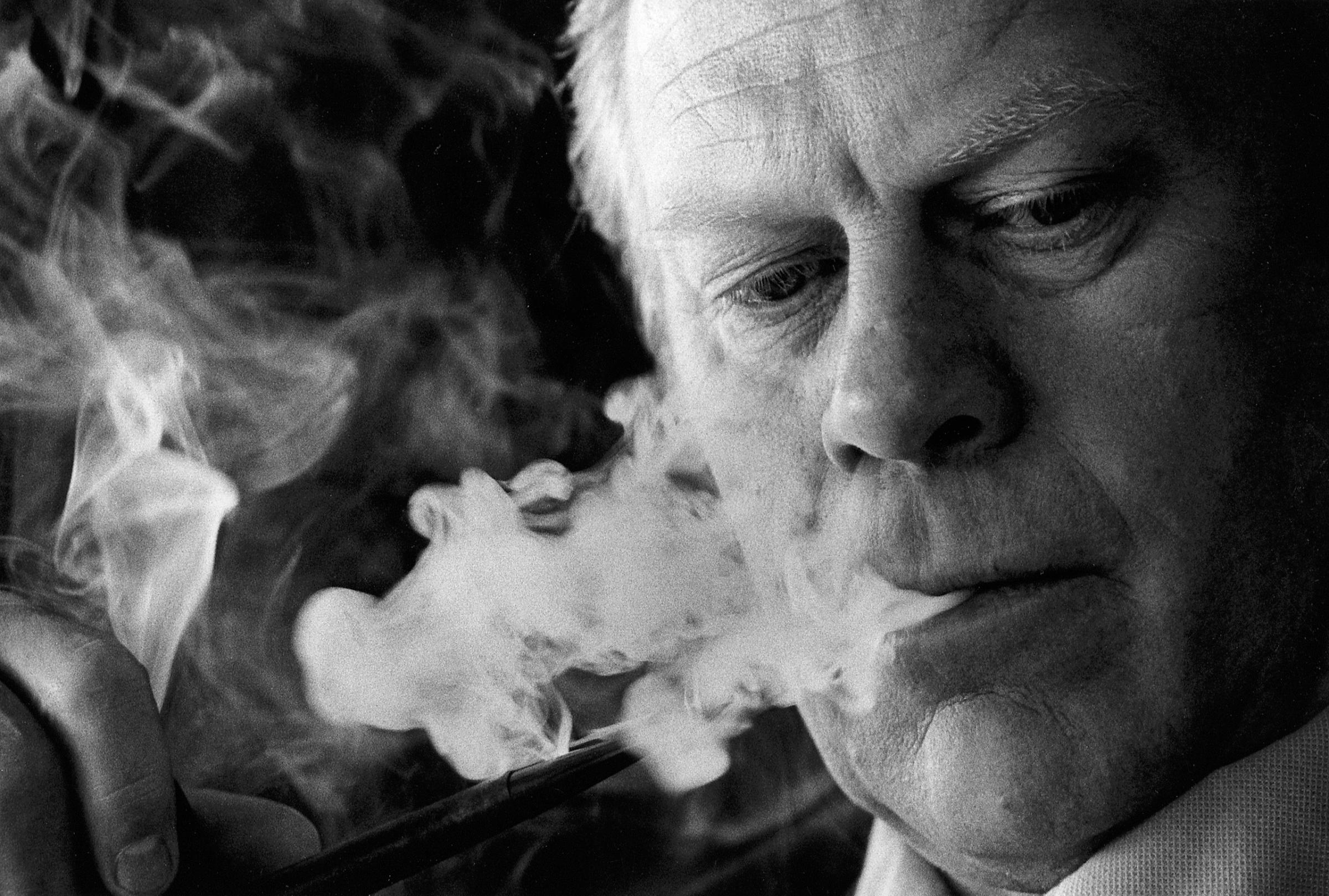
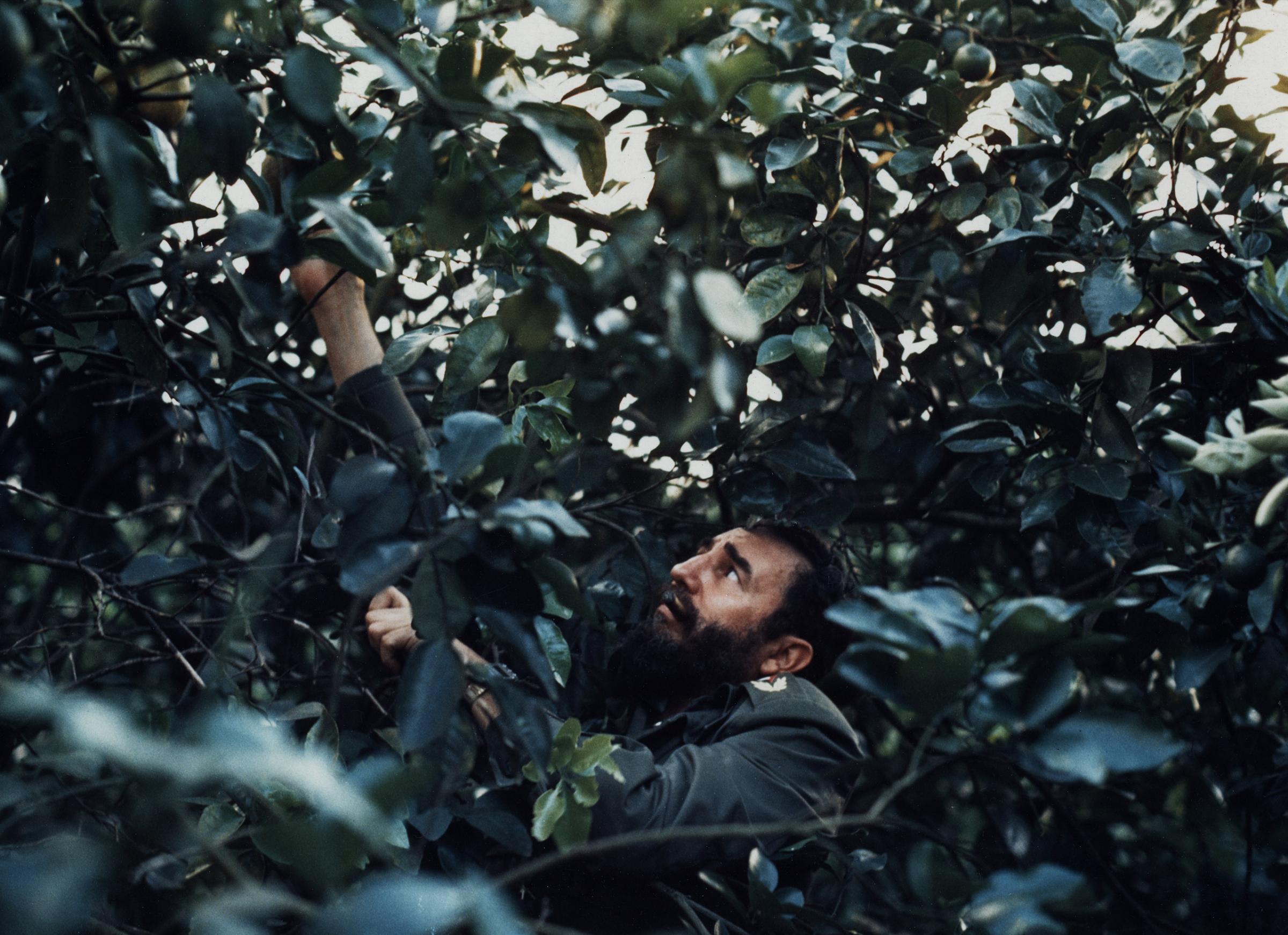
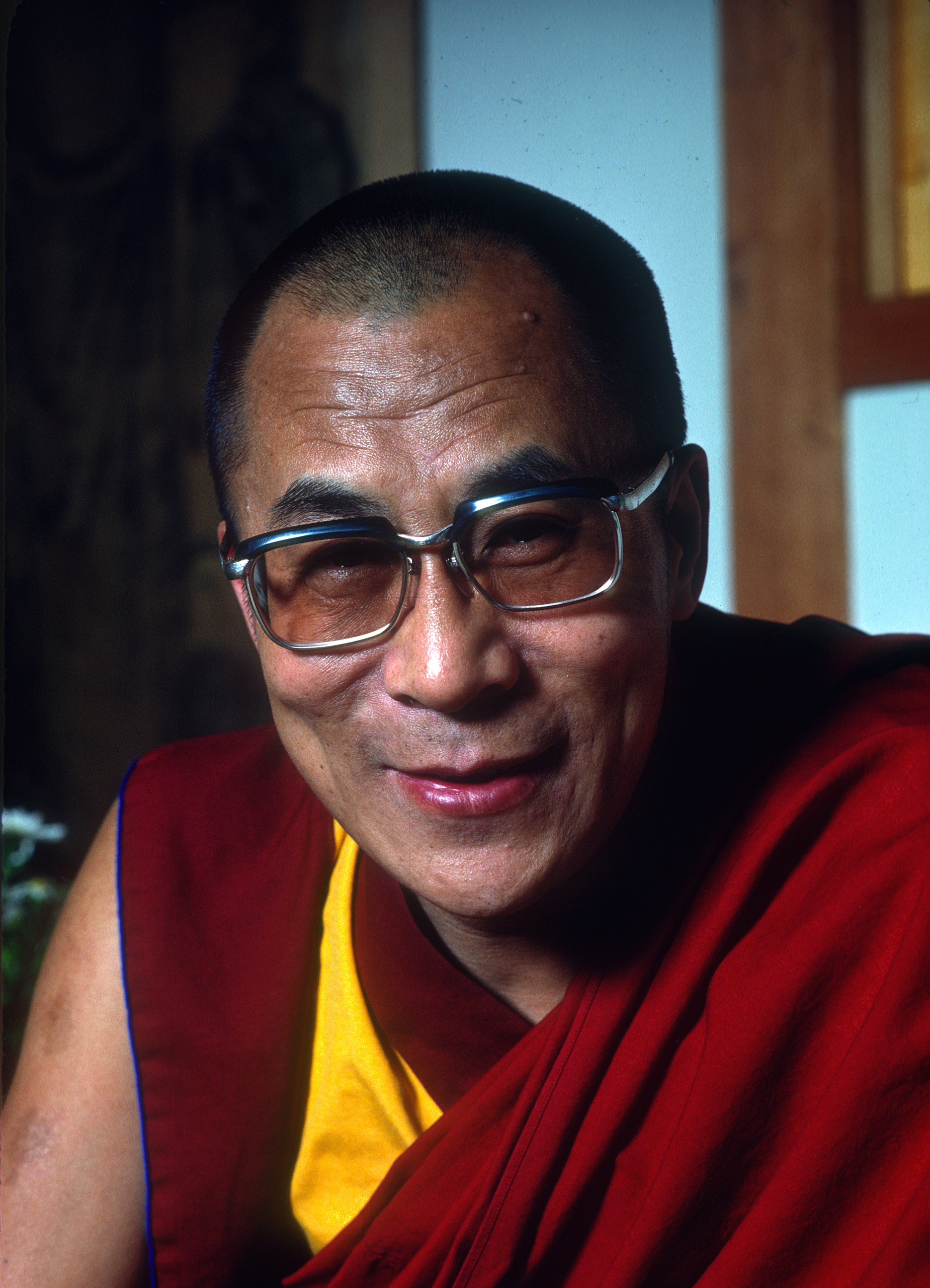
Born in Huntville, Ala., in 1935, Ward gained a B.A. in Political Science and Far East History and an M.A. in Journalism and Communications at the University of Florida. He cut his teeth at the Black Star photo agency, where he went on to work for 40 years. He also pioneered new photographic technologies and was one of the first to use the light AC strobe, when color first came to magazines. He took to the skies, often in his own helicopter, and deep dived the oceans – all in search of the perfect picture. Meanwhile, an early National Geographic assignment on gemstones turned into a lifelong obsession. The series evolved into nine published books and his connection with the industry led him to become a gem dealer and owner and founder of Gem Book Publishers. Not just a master of still photography, Ward also produced and directed two National Endowment for the Humanities films on Mexico and various television commercials and corporate documentaries. “He’s someone you would describe as brilliant,” says Brack. “And he was able to translate that brilliance to his photography.” Ward died on July 19 at his home in Malibu, California, aged 81. He is survived by his wife and four children.
Leila Alaoui (1982 – 2016)
Leila Alaoui’s eloquently evocative photographs gave a voice to the voiceless. The French-Moroccan’s images explored themes of diaspora, displacement and identity with unsparing honesty. Alaoui died from a heart attack after being shot during a terrorist attack carried out by a North African affiliate of Al Qaeda in Ouagadougou, Burkina Faso. She was 33. “She will be remembered as a hard working talented young woman whose loss is immeasurable for all of us,” Aida Alami, a journalist and close friend of Alaoui tells TIME. Born in Paris in 1982, Alaoui grew up in Marrakesh and studied photography at the City University of New York. Her work has appeared in the New York Times and Vogue and she was perhaps best known for her series The Moroccans. The chimerical portraits celebrating Arab culture were critically acclaimed for their finesse and honesty. Alaoui shunned the traditions of ethnographic “exoticism,” instead favoring a more egalitarian, respectful approach. She described the work as both “inside and critical, near and distanced, informed and creative.” It was in part inspired by Robert Frank’s The Americans.
Her work on the Sub Saharan migrant community in Morocco had considerable impact in raising awareness of them as victims of police brutality. Alami recalls a time when they were both working in Morocco and Alaoui asked her if she would like to talk with the migrants she had been documenting. “When I showed up at the place where she was staying, I found at least 30 migrants in her living room,” she tells TIME. “Leila was in the kitchen cooking pasta for them. It wasn’t really surprising, because that was her approach with work.” At the time of her death Alaoui had been working for Amnesty International on assignment for less than a week, on a project focusing on women’s rights. Yves Boukari Traoré, the director of Amnesty in Burkina Faso, said in a statement: “Leila was an extraordinary young woman. We wanted to work with her because of her talent, and her passion for helping women, girls and marginalized people tell their own stories.” Alaoui didn’t consider herself an artist but a documentarian, says Alami, and believes she would like people to continue talking about “those who are too weak to stand up alone for themselves.”
Hikaru Carl Iwasaki (1923 – 2016)
The career of Hikaru Carl Iwasaki, a Japanese-American photojournalist, began under unusual circumstances. At aged 19, Iwasaki and his family were one of the hundreds sent to concentration camps across America on President Roosevelt’s Executive Order 9066. Their forced evacuation to Heart Mountain, Wyoming, was part of government efforts to remove all persons “deemed a threat to security” from the West Coast, following the Japanese attack on Pearl Harbor in 1942. But it was under the War Relocation Agency, which managed the relocations, that Iwasaki’s photographic career took off. Though initially given the job of X Ray technician at the war camp hospital, his talent for photography was quickly noted and within a year he was able to move freely around the country, assigned by the WRA to document the resettlement of hundreds of Japanese Americans.
Over the course of his decades-long career, Iwasaki’s work appeared in TIME, LIFE and Sports Illustrated, among others. He also photographed Presidents Ford, Nixon, Truman and Eisenhower, whom he came to know personally. Dick Woodbury, a long-time friend and fellow colleague described Iwasaki to the Denver Post as a “kind, gracious, unassuming person and a very hard worker.” Iwasaki died in September, aged 93. He is survived by two sons and one daughter.
William Christenberry (1936 – 2016)
William Christenberry lived in Washington D.C., but his life’s work was in Hale County, Alabama, where he was born in 1936 and where he returned each year. 1936 was the year Walker Evans visited that part of Alabama, one of the poorest during America’s Great Depression, and Christenberry, who graduated from the University of Alabama with degrees in painting and sculpture, was forever changed by Evans’ work.
The two men, in fact, developed a friendship after Christenberry moved to New York, joining the picture department at TIME and LIFE where Evans also worked. And Alabama always played a role in that friendship, as the two photographers continued to document Hale County. While Evans’ photographs were objective, Christenberry’s stance was subjective, he told Afterimage magazine in 2005. “The place is so much a part of me. I can’t escape it and have no desire to escape it.”
He is survived by his wife, Sandra, three children and five grandchildren.
Fan Ho (1931 – 2016)
Known as the “Henri Cartier-Bresson of the East,” Fan Ho’s layered black-and-white photographs distill the essence of 1950s and 60s Hong Kong. His surprising geometric constructions offer a sideways glance at a city that has come to be defined by his work. Born in Shanghai in 1931, he moved to Hong Kong aged 18 by which time he was already an experienced, self-taught photographer. Ho’s process of deliberate, patient, observation produced a large body of beautifully crafted work, all the more impressive considering Hong Kong’s unsteady climate during his most prolific years. Ho once told TIME: “I am a director,” explaining that his subjects – people on the street and patient friends – were his actors. Though a highly respected stills photographer, he also maintained a career in cinema, directing 20 feature-length films. He was both a traditionalist and a rule breaker, even trying his hand at erotica. Ho died aged 84, on June 19, in San Jose, Calif., where he had been living since the 1980s.
Ken Graves (1942 – 2016)
Ken Graves, a street photographer whose idiosyncratic images captured the color of 1960s and 70s San Francisco, died in May, aged 74. A master of finding the surreal in the suburban, his offbeat eye found light amid the darkness. Born in Portland, Oregon, in 1942 he enlisted in the Navy in 1962 and four years later come home to study at the San Francisco Art Institute. The Bay Area of 1960s was in turmoil, with protests and parades at every turn and it was amidst this social agitation that Graves found his photographic voice. In the mid 1980s he made a dramatic departure from documentary photography and focused on studio-based work. His early fascination with Americana endured and he produced a significant body of work with his wife Eva Lipman, whom he met in 1985, including the notable Prom Series. “He was looking for Americana in all the public spaces,” said Lipman. “He was interested in taking the ordinary and transforming it into something magical.” Graves also had a talent for meticulously constructed surrealist collages, which he made from photo reproductions and delicate materials.
Nicolas Tikhomiroff (1927 – 2016)
Nicolas Tikhomiroff, a Magnum photographer, was known for his theatrical, elegant portrayals of celebrities and soldiers. He forged a generalist career, photographing everything from the iconic glamour of Brigitte Bardot and Edith Piaf to De Gaulle’s historic visit to Algeria. Born in Paris, France, in 1927, to Russian parents, he was sent away to boarding school before joining the French army aged 17. An understudy of French journalist Michel Chevalier, Tikhomiroff’s photography career kicked off processing prints in the darkroom for a fashion photographer. In 1959, Tikhomiroff joined Magnum, and went on to photograph the Algerian War, Cambodia, Vietnam, and Laos.
“In a certain way, Nicolas epitomized Magnum’s long standing tradition, producing both a significant personal work on film set photography and covering world news for the agency,” said Magnum member Bruno Barbey. His photos bridged the cultural distance between the razzle-dazzle of 1960s film and the growing turbulence of social change. Tikhomiroff died aged 89, on April 17.
Ruth Gruber (1911 – 2016)
Ruth Gruber, an eminent photojournalist and writer, devoted her life to documenting the struggle of Jewish refugees. “I had two tools to fight injustice — words and images, my typewriter and my camera,” Gruber told a United Jewish Federation seminar at the University of Pittsburgh in 2001. Born in Brooklyn, in 1911, she graduated Bushwick High School aged 15 and New York University aged 18. She went on earn a master’s degree aged in German aged 19 and a doctorate in German literature aged just 20, from the University of Cologne, becoming the world’s youngest PhD at the time. Gruber travelled across Germany following Hitler’s rise to power in 1932 but returned to New York three years later to report locally for the New York Times and then the Herald Tribune, where she was sent across Soviet Russia on assignment. She also travelled across Alaska as a member of the Roosevelt administration, studying its prospects for homesteading G.I.s after the war.
During her seven-decade career she closely reported on Israel, including its war for independence, as well as the Nuremberg trials and the Haganah ship exodus. Not content to simply be an observer, her tenacity and deep sense of justice led her to play an instrumental role in the safe harboring of 986 European refugees during World War II. She wrote a number of books chronicling her experiences and her remarkable story was made into a documentary in 2010. Gruber died on November 17 aged 105. She is survived by a daughter and son.
Bob Adelman (1930 – 2016)
Photographer Bob Adelman, best known for capturing the struggles of the Civil Rights movement in the 1960s, died March 19 aged 85 in Miami Beach, Fla. From a young age, the Brooklyn native would sneak into the Birdland Nightclub in Manhattan photographing black entertainers. He eventually began documenting social and racial issues after photogrpahing Martin Luther King Jr. delivering his “I Have a Dream Speech.”
His work has appeared on TIME, Life and the New York Times Magazine. He released a book in 2007 called Mine Eyes Have Seen: Bearing Witness to the Struggle for Civil Rights. Adelman is survived by daughter Samantha Joy Reay from his first marriage, a sister and three grandchildren.
Robert Fitch (1939 – 2016)
Bob Fitch started his photographic career as the official photographer for the Southern Christian Leadership Conference, an organization founded to coordinate non-violent protests against racial segregation in the U.S. He photographed the Civil Rights movement and its leaders, including Martin Luther King Jr., as well as other social justice movements such as Dorothy Day’s Catholic Workers Movement and Cesar Chavez’s United Farm Workers Union.
In 1968, Coretta Scott King asked Fitch to document her husband’s funeral, photographing the slain leader in his casket. “It felt like blasphemy to put a camera in his face,” he told the Chronicle Magazine at the Lewis & Clark private university. “But then I thought, ‘The world needs to see this horrible truth.’”
Fitch died on April 29 after suffering from Parkinson’s disease. He was 76. He is survived by his partner, Karen, his sister and three children.
John Margolies (1940 – 2016)
Not many photographers have driven more than 100,000 miles throughout the U.S., capturing its eccentric architecture the way John Margolies did. Margolies, who passed away May 26 from pneumonia, was always interested in motels, railroad cars, shopping centers, highways and fast-food restaurants. He released three books in the 1990s: Pump and Circumstance: Glory Days of the Gas Station, Home Away From Home: Motels in America and Fun Along the Road: American Tourist Attractions.
Margolies was an editor at Architectural Record Magazine in addition to serving as program director at the Architectural League of New York, a non-profit organization founded in the 19th century. He is survived by his longtime partner Jane Tai and a brother, Paul.
Billy Name (1939 or 1940 – 2016)
Behind every Andy Warhol is someone who aids in maintaining their notoriety as one of the biggest artists of their time. Billy Name was at the epicenter of the pop art scene as he chronicled the rise of Warhol from the 1960s until 1970, when he moved out of The Factory in New York City. He assisted Warhol with arranging silkscreens and making appointments. Name also designed album covers for The Velvet Underground’s White Light/White Heat, The Velvet Underground and The Velvet Underground and Nico. In 2001, the U.S. Postal Service released a stamp with a portrait of Warhol taken by Name. He passed away July 18 at the age of 76.
Nathan Lyons (1930 – 2016)
Nathan Lyons is credited for turning critical thinking in the fine arts field over its head, being more interested in strategic juxtaposition of images that altered its meaning. Lyons was born in Queens in 1930 and, as a teenager, he picked up a plastic Falcon camera and began taking photographs. In 1950, he enlisted as an Air Force Photographer where he served in a photo intelligence unit in Korea. After this stint, he completed his studies at Alfred University where he met his wife Joan Fischman, also a photographer and graduated with a degree in English. Lyons was a professor at several New York colleges and curated photo collections including: Notations in Passing (1974), Riding 1st Class on the Titanic (2000) and After 9/11 (2003). He passed away at the age of 86 on August 31 in Rochester, N.Y. due to complications of pneumonia.
Louis Stetther (1922 – 2016)
Photographer Louis Stetther’s love affair with New York City and Paris ran deep, going so far as to call the cities his “spiritual mothers.” The Brooklyn-born and raised photographer died at his home in Saint-Ouen, France, on October 13 at the age of 93. Stetther was inspired to pursue photography after reading an article by Paul Outerbridge, Jr., mentioning “that the camera could become my personal language for telling people what I was discovering, suffering or immensely joyous about.”
After graduating from Abraham Lincoln High School, he enlisted in the Army Signal Corps during World War II and worked in its photography section in New Guinea, the Philippines and Japan. After the war, he joined the Photo League and became fast friends with crime photographer Weegee and Lewis Hine. He went to Paris in 1946, staying there for five years and returned to New York working as a professor at various universities and colleges. He moved back to France in 1990, and released several collections including: Louis Stettner’s New York, 1950s-1990s. In 2015, Thames & Hudson published his 1950s photographs of Penn Station in Penn Station, New York.
Rodney Smith (1947 – 2016)
For Rodney Smith, the apple never fell too far down from the tree. His father worked as a clothing manufacturer and a partner at Anne Klein and Company while his mother was a homemaker. While getting into fashion photography seemed like the most natural route to go, it wasn’t, at least not at first. Smith worked for Neiman Marcus, Mirabella, Saks Fifth Avenue, Marshall Field’s and W magazine and he also had his work appeared in New York Times Magazine.
One of his famous photographs involve a couple kissing above a taxicab on an Upper Manhattan street packed with three lanes of cabs. In his blog, “The End Stops Here,” he describes his photography style: “I perceive my pictures as playing with time and space,” he says. “But mostly I see my pictures as funny and, to use the most vulgar expression from the 21st-century art world, beautiful and romantic.” He is survived by a daughter, Savannah, and a son, Jonah, from his first marriage, a sister, Marianne Harrison, and two grandsons.
Mustafa Cambaz (1963 – 2016)
Mustafa Cambaz, a Turkish photographer with the pro-government newspaper Yeni Şafak, died aged 53. He was shot and killed by Turkish soldiers in the main police station in the Çengelköy neighborhood of Istanbul as he attempted to oppose the July 15 coup d’etat. Cambaz publicly supported Turkish President Erdogan, who spoke about his sadness at the loss of “martyr” Cambaz.
A photobook of Cambaz’s work, called Turkey’s Grand Mosques, was published this year, and compiles 700 photographs of over 100 mosques around Turkey. Cambaz was Greek but had his citizenship revoked after he refused to serve in the Greek army. He came from Komotini to live as a temporary resident and grew to love Turkey “very much”, according to Mehmet Seker, of Yeni Şafak. Turkish Prime Minister Numan Kurtulmus granted him Turkish citizenship in the months after his death.
David Hamilton (1933 – 2016)
David Hamilton’s career had long been marred by controversy. The successful photographer – many of his early books became best-sellers in Europe – was known for his portraits of early-pubescent girls often shown nude or wearing semi-transparent dresses. For the photographer and many of his admirers, these portraits were an ode to the “age of innocence.” For many others, they were pornographic in nature. On November 25, days after three women – including the French television presenter Flavie Flament – came forward with claims that he had raped them in the 1980s, Hamilton committed suicide at his home in Paris. He was 83.
Born in 1933 in London, Hamilton started his career as a designer for Elle before falling in love with Paris, where he became an art director for the Printemps department store. But it’s with his controversial portraits that Hamilton built his name as he shopped (a term he used himself) for new young models on the beach of Cap d’Agde on the Mediterranean coast. Flament described the photographer’s modus-operandi in a book released in October without naming her rapist. When other women came forward with similar claims, identifying Hamilton this time, Flament confirmed the photographer’s identity. Hamilton denied the allegations. “I have done nothing improper,” he said in a statement days before his death. “Clearly the instigator of this media lynching is looking for her 15 minutes of fame, by defaming me in her novel.”
In the hours following Hamilton’s death, Flament denounced his cowardice, through which, she wrote, “he has condemned us, once more, to silence.”
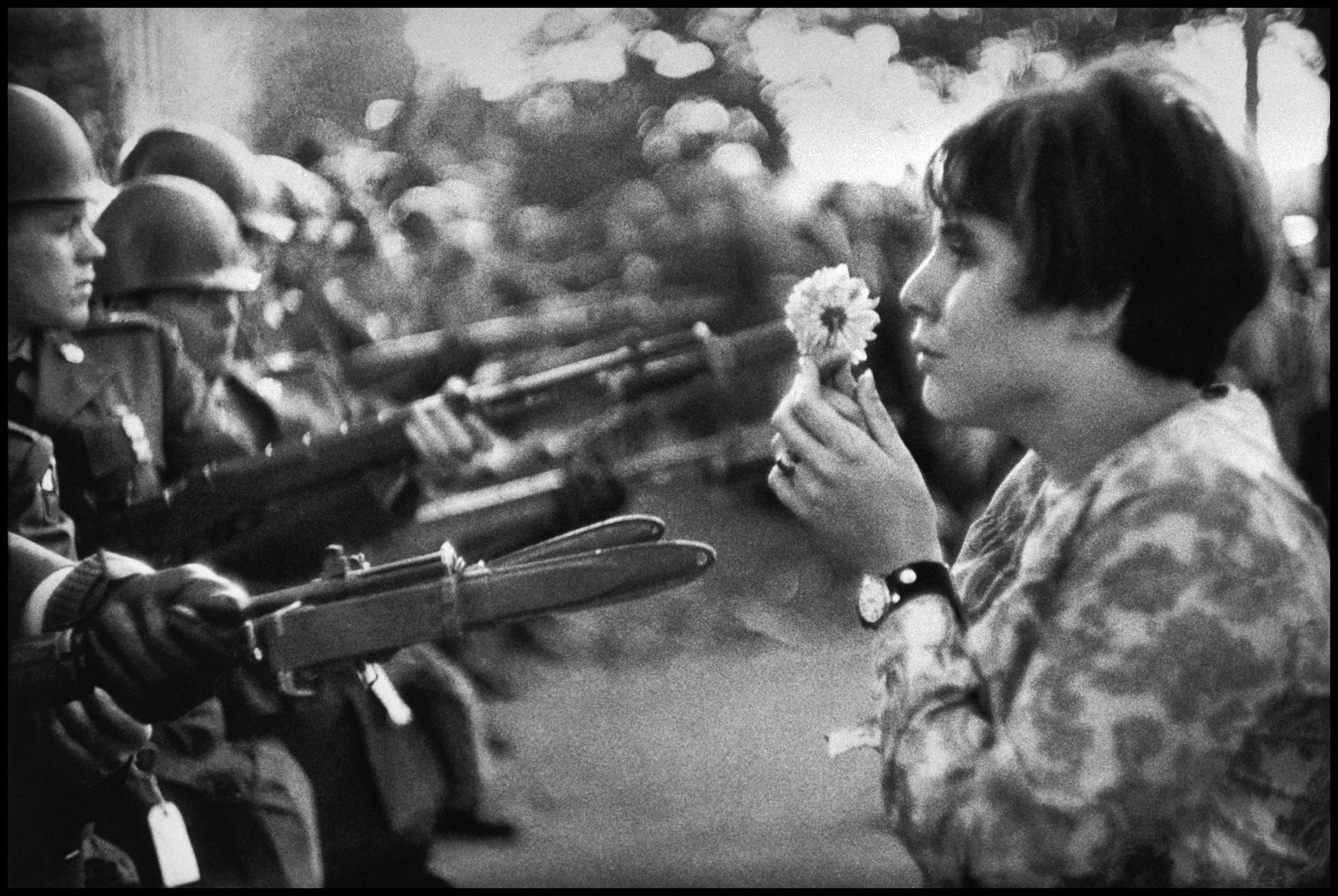
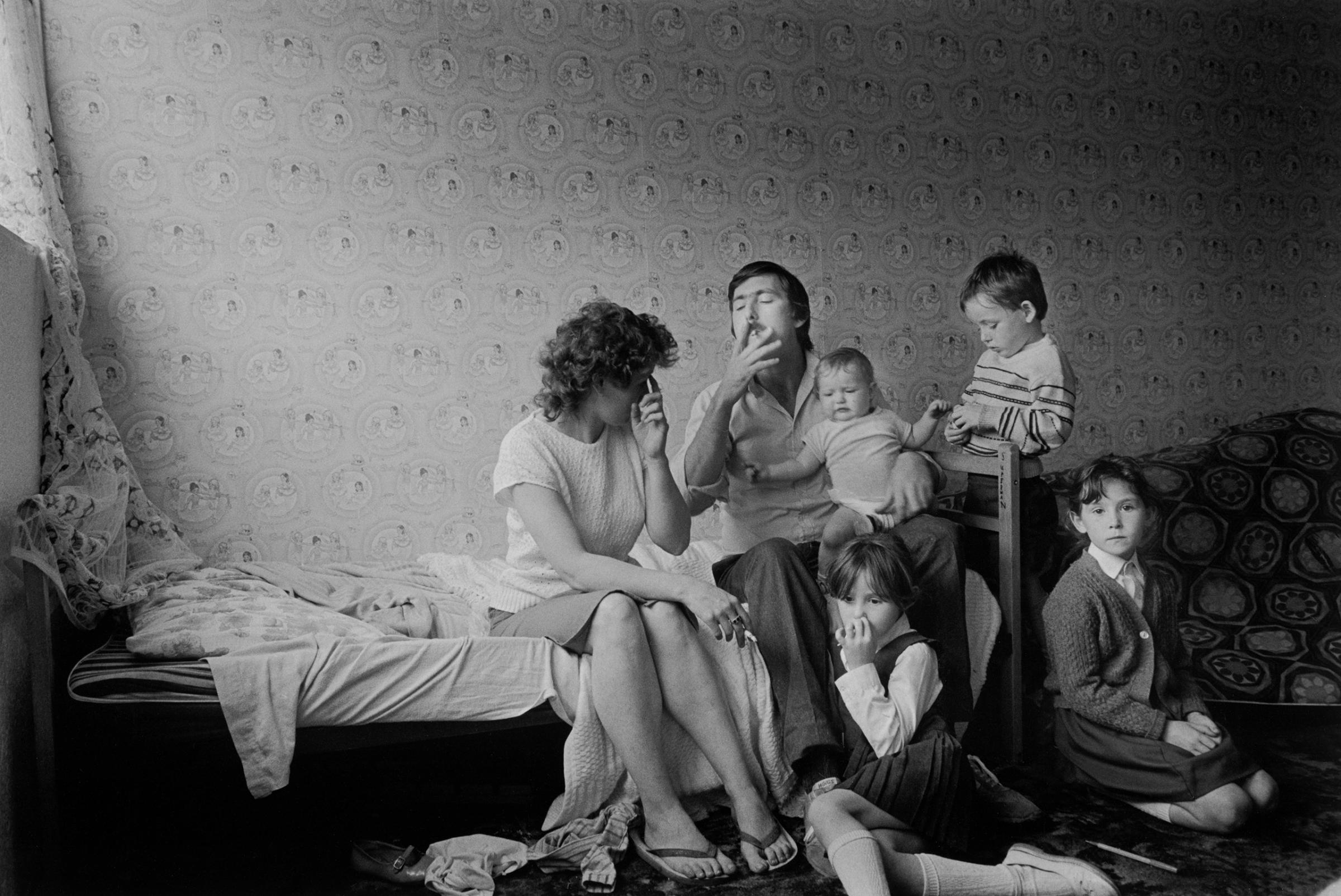
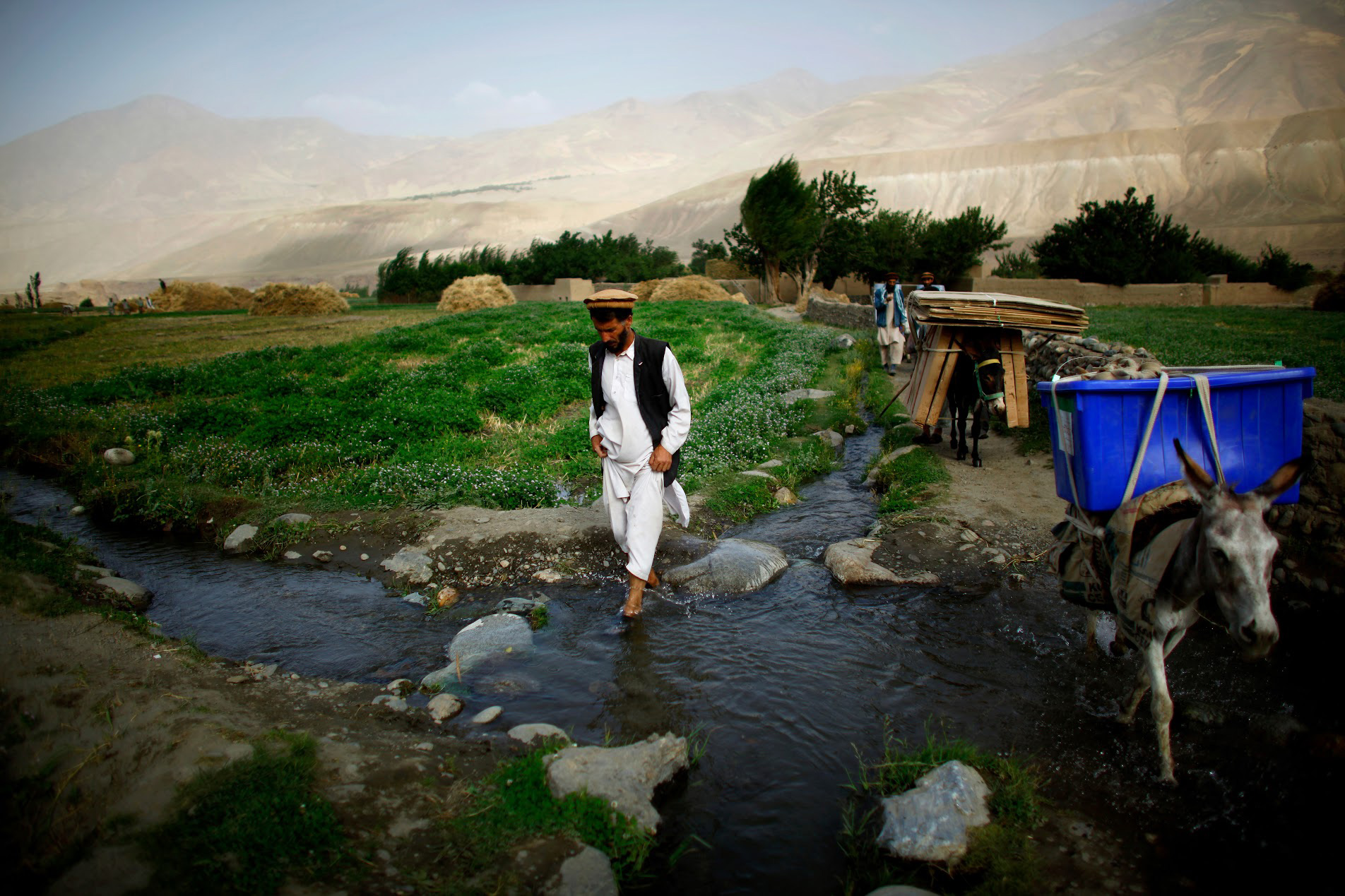
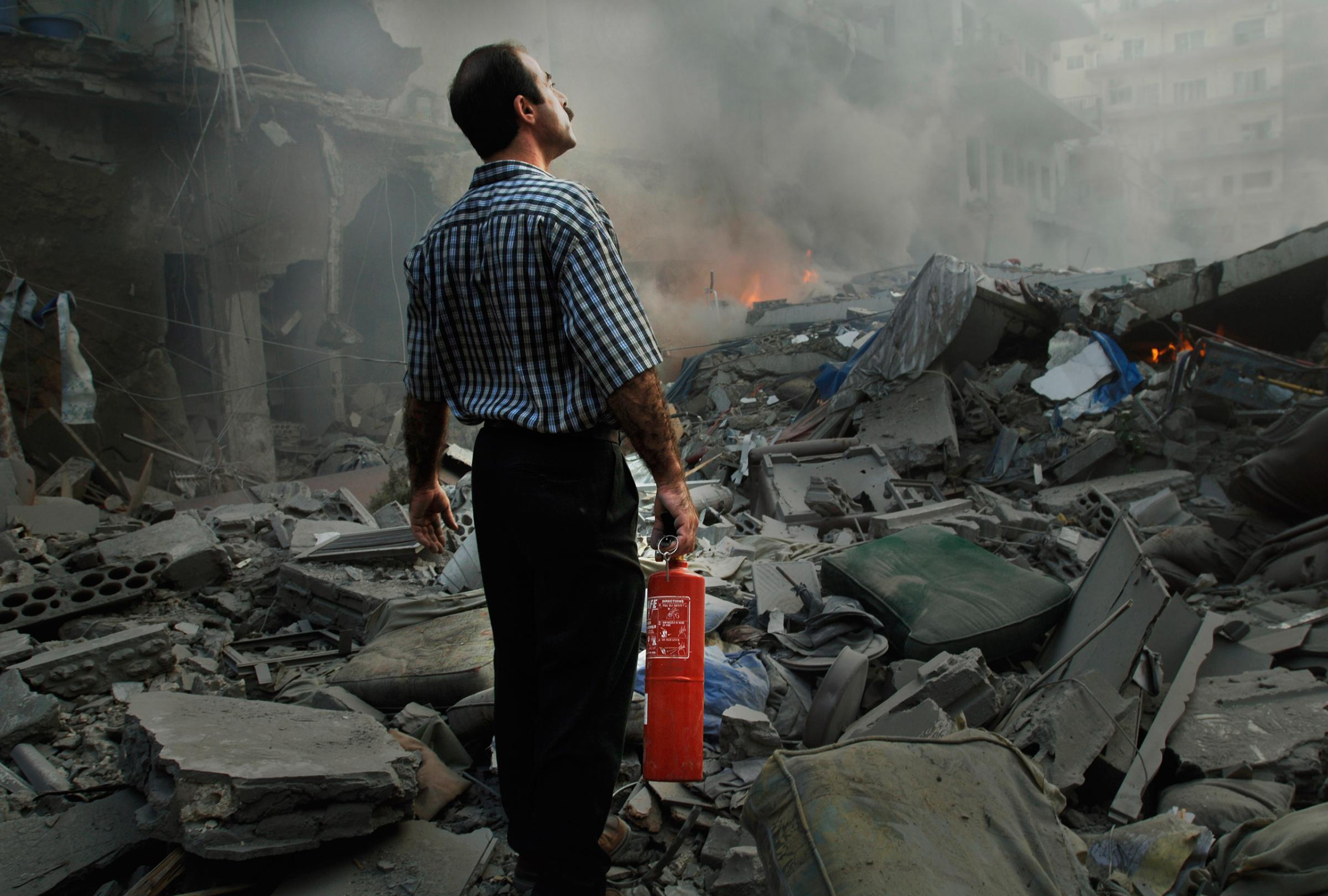
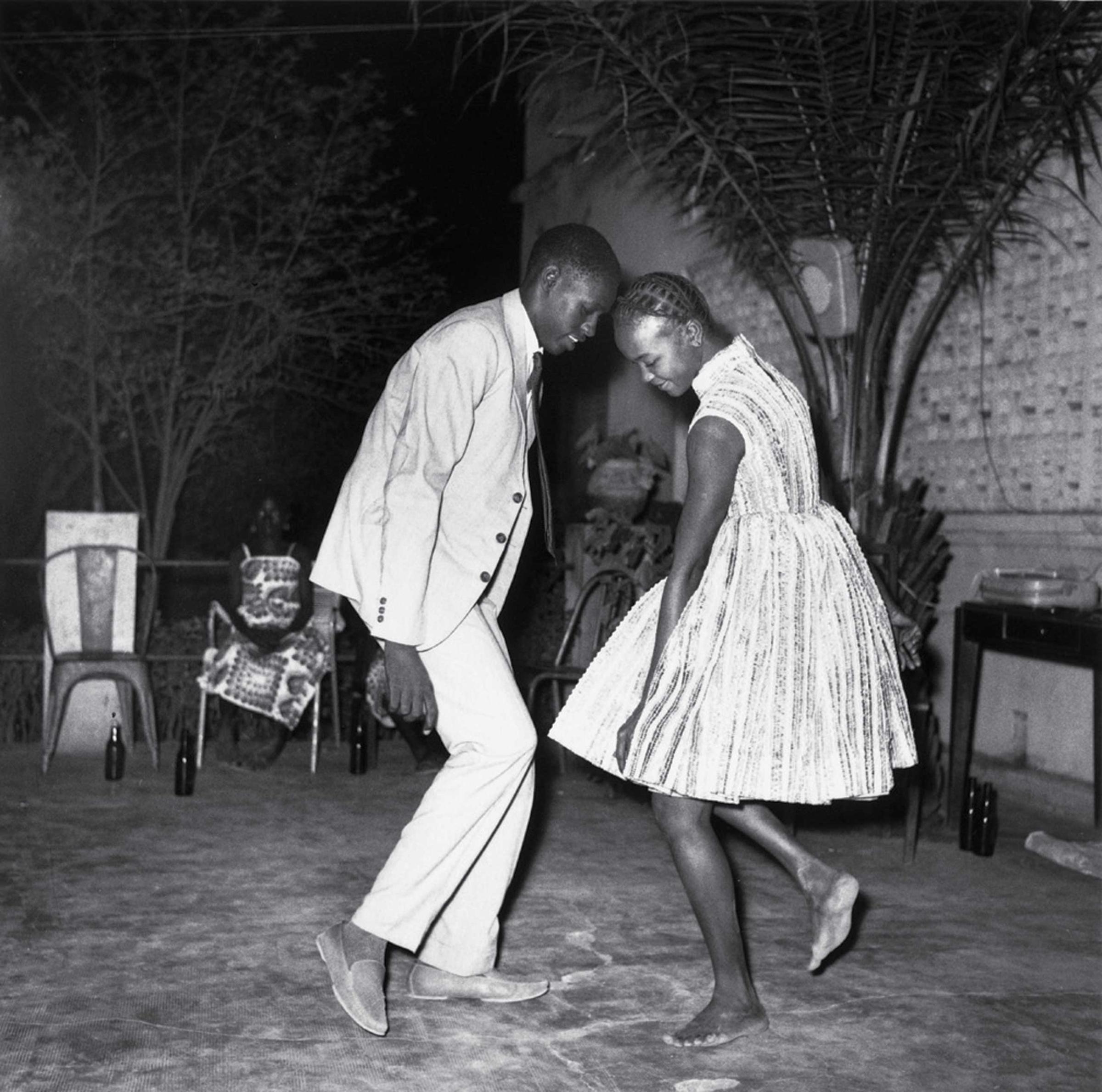

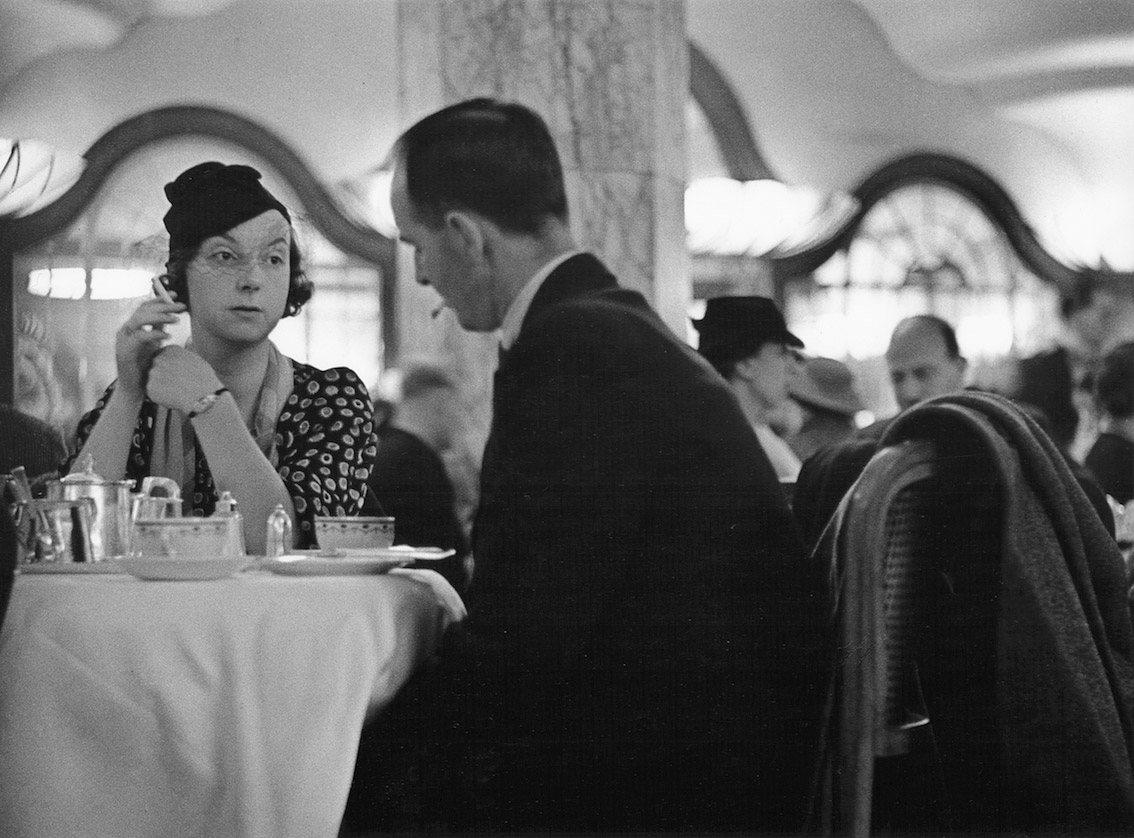
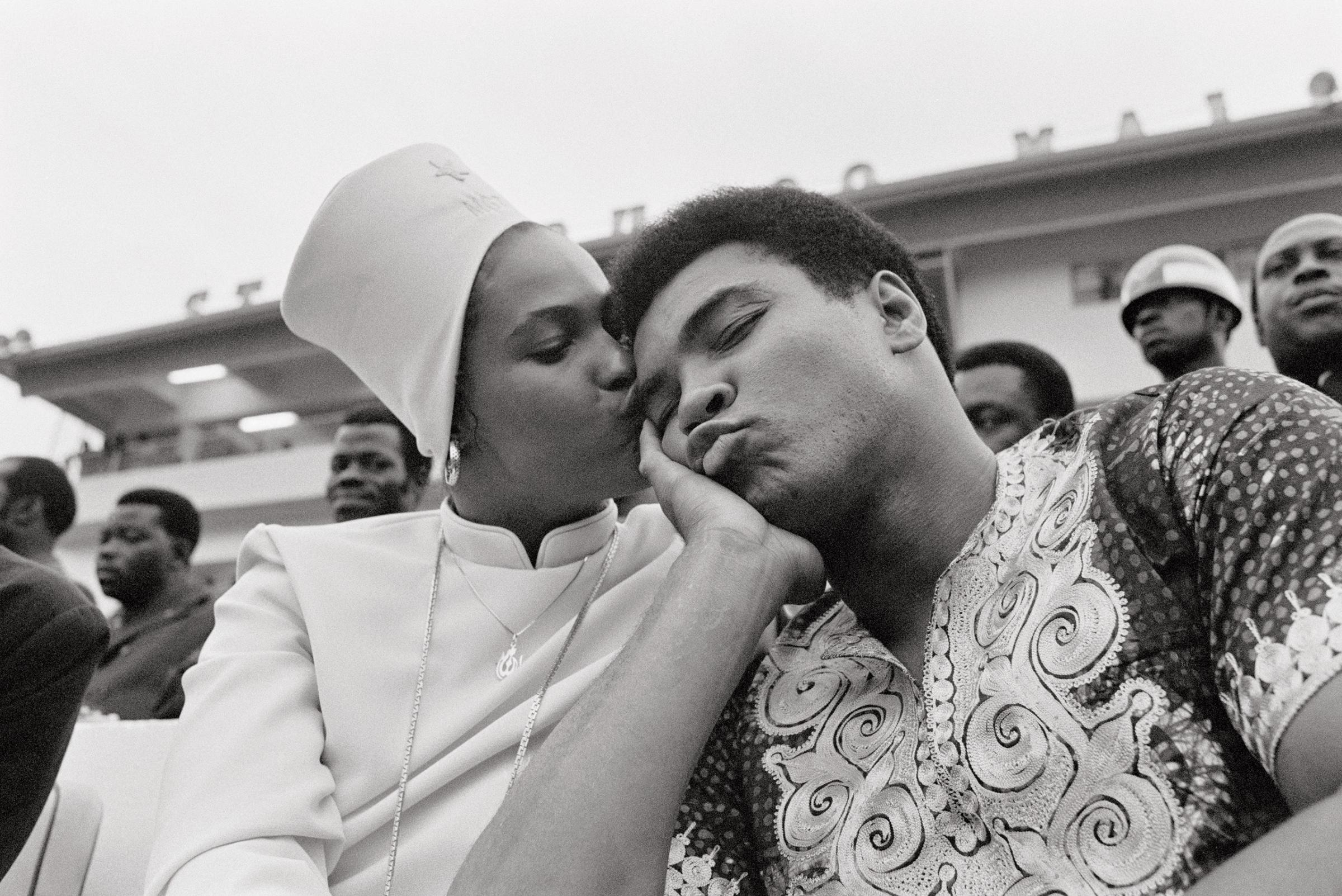
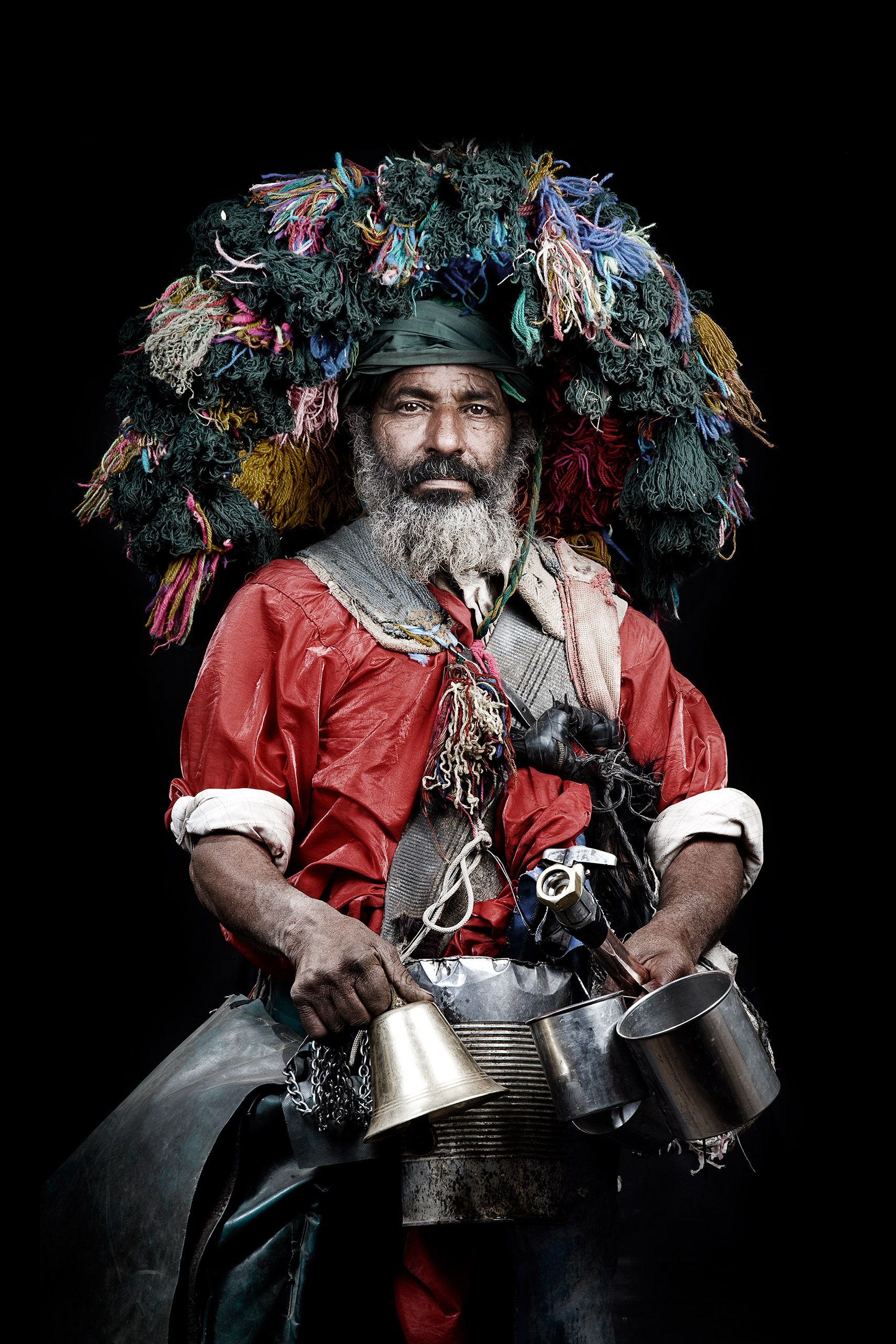
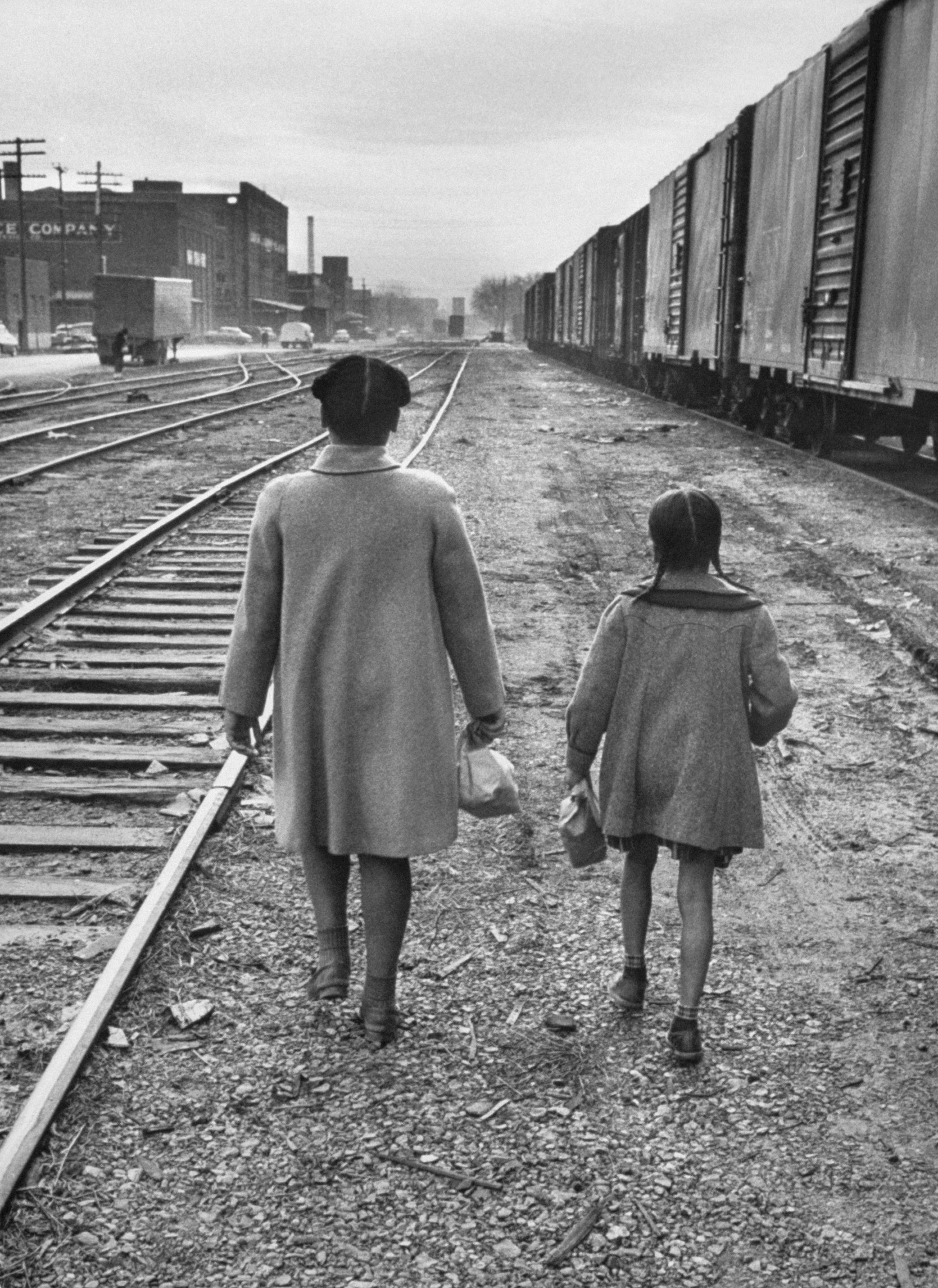
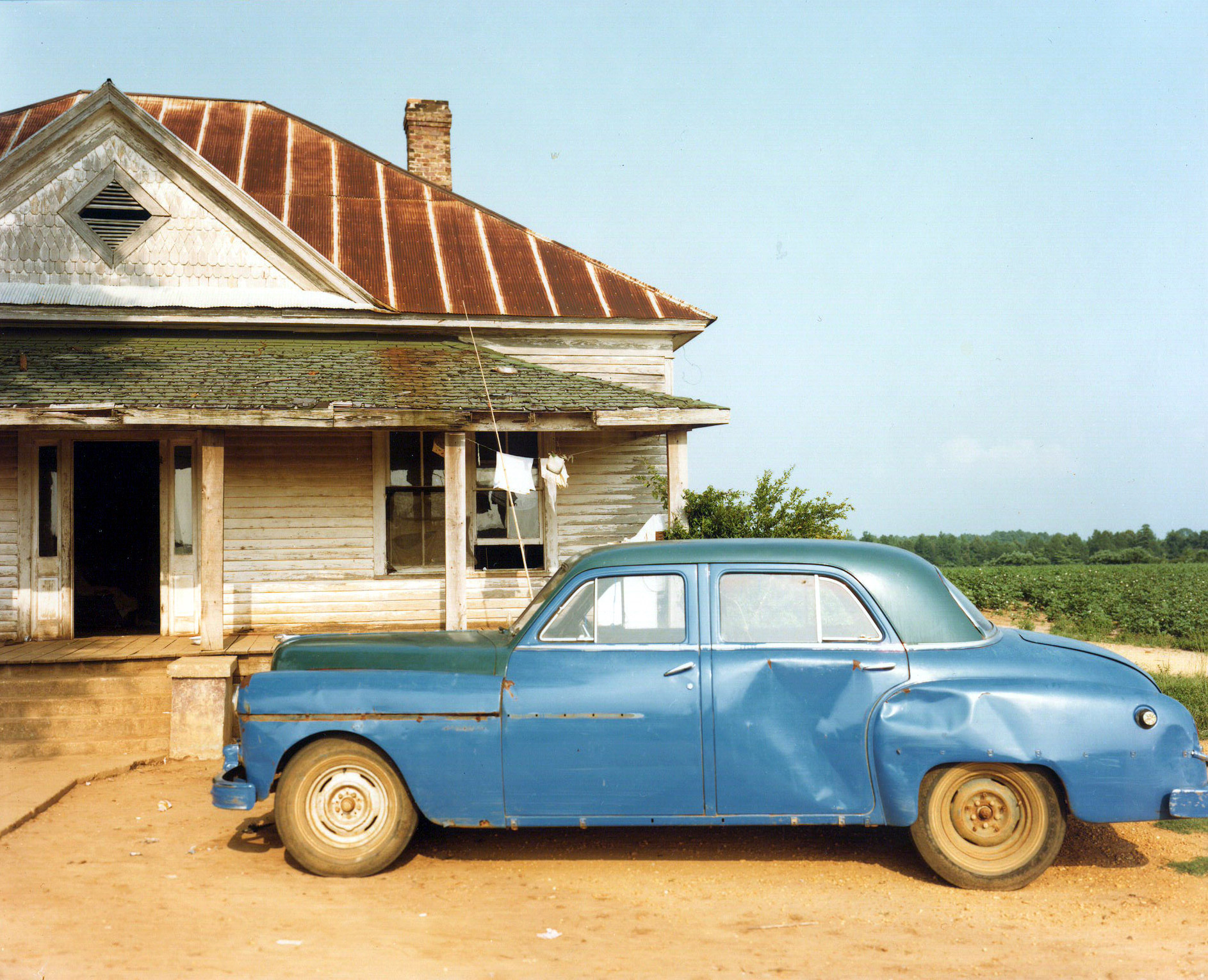
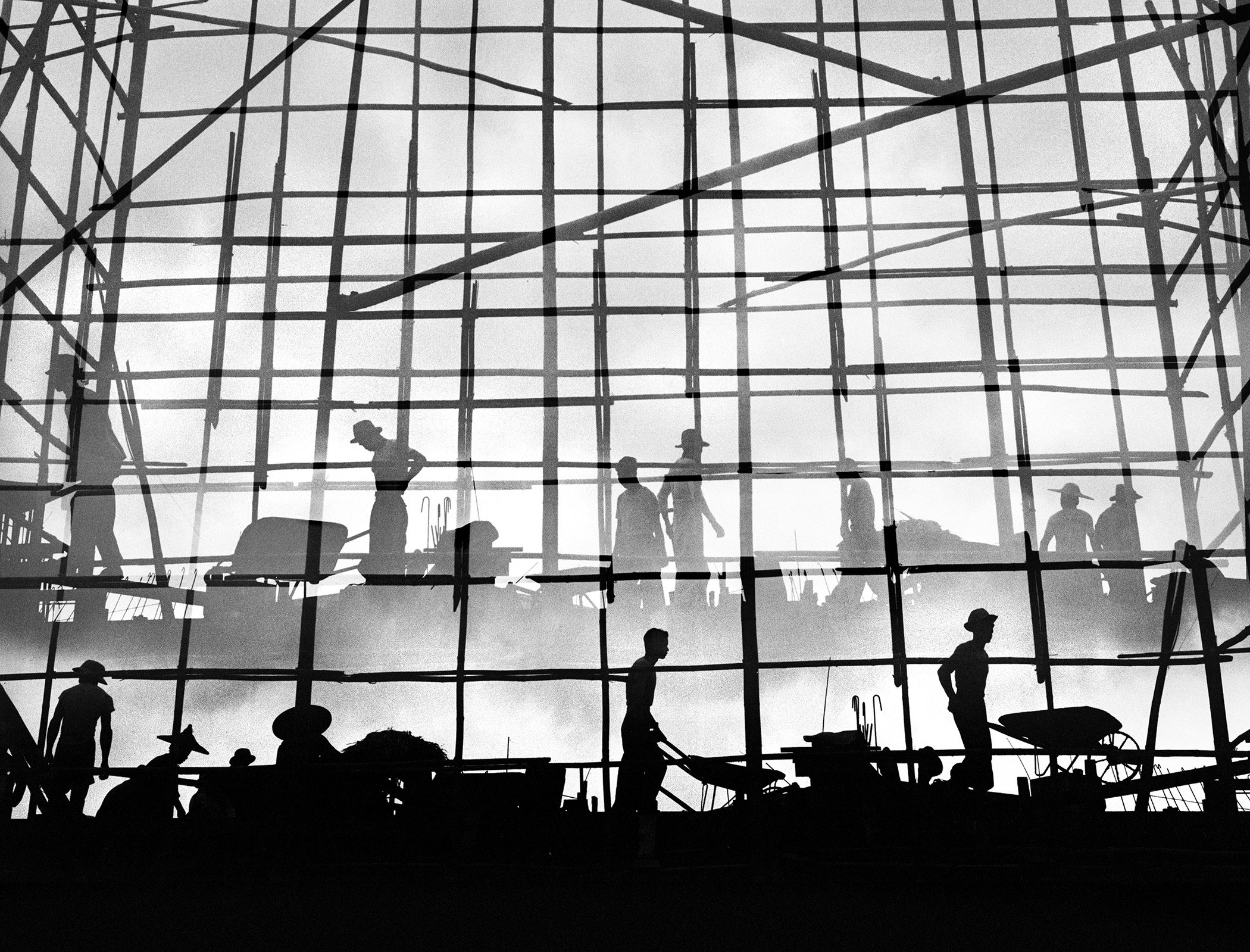
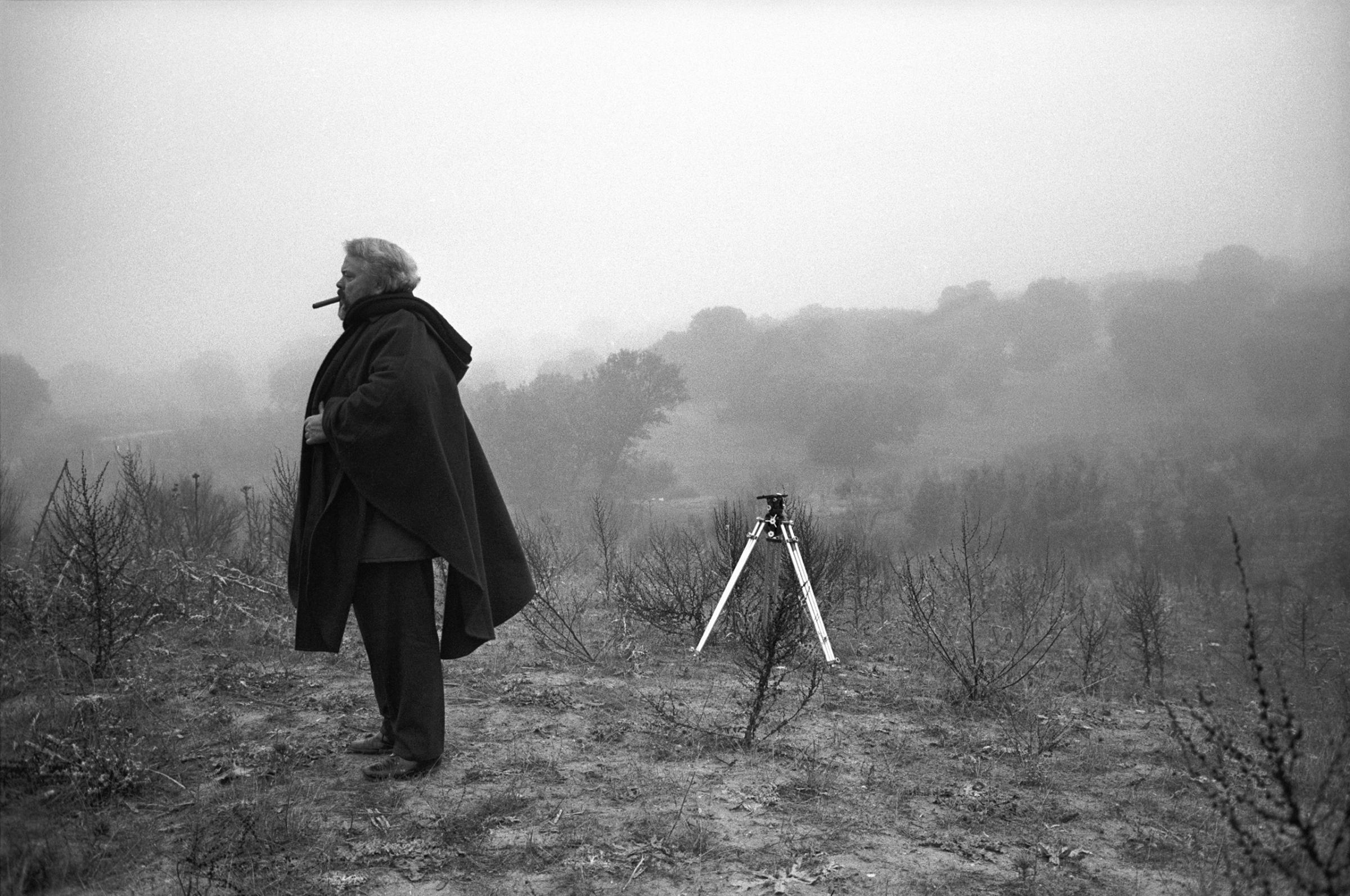
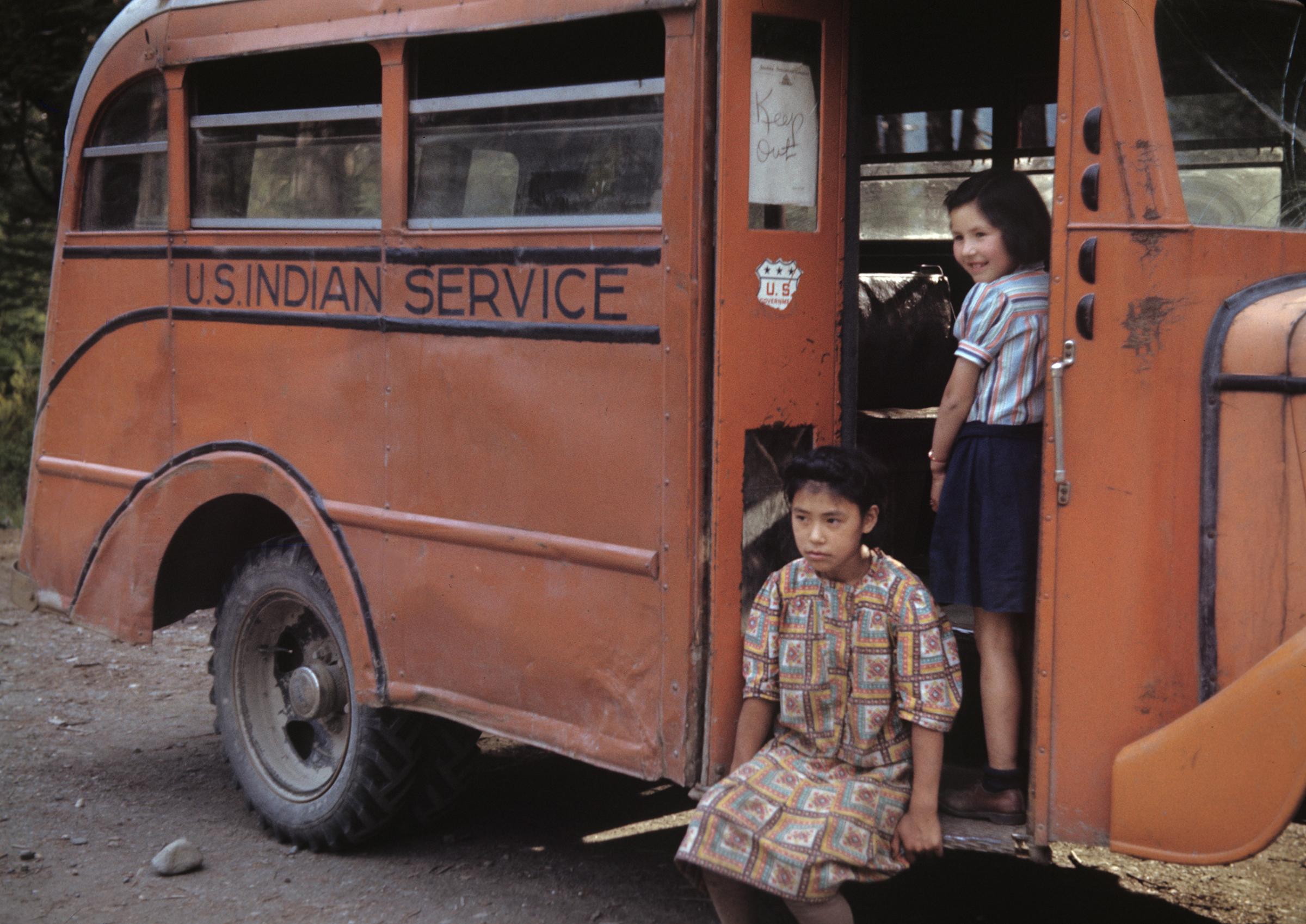
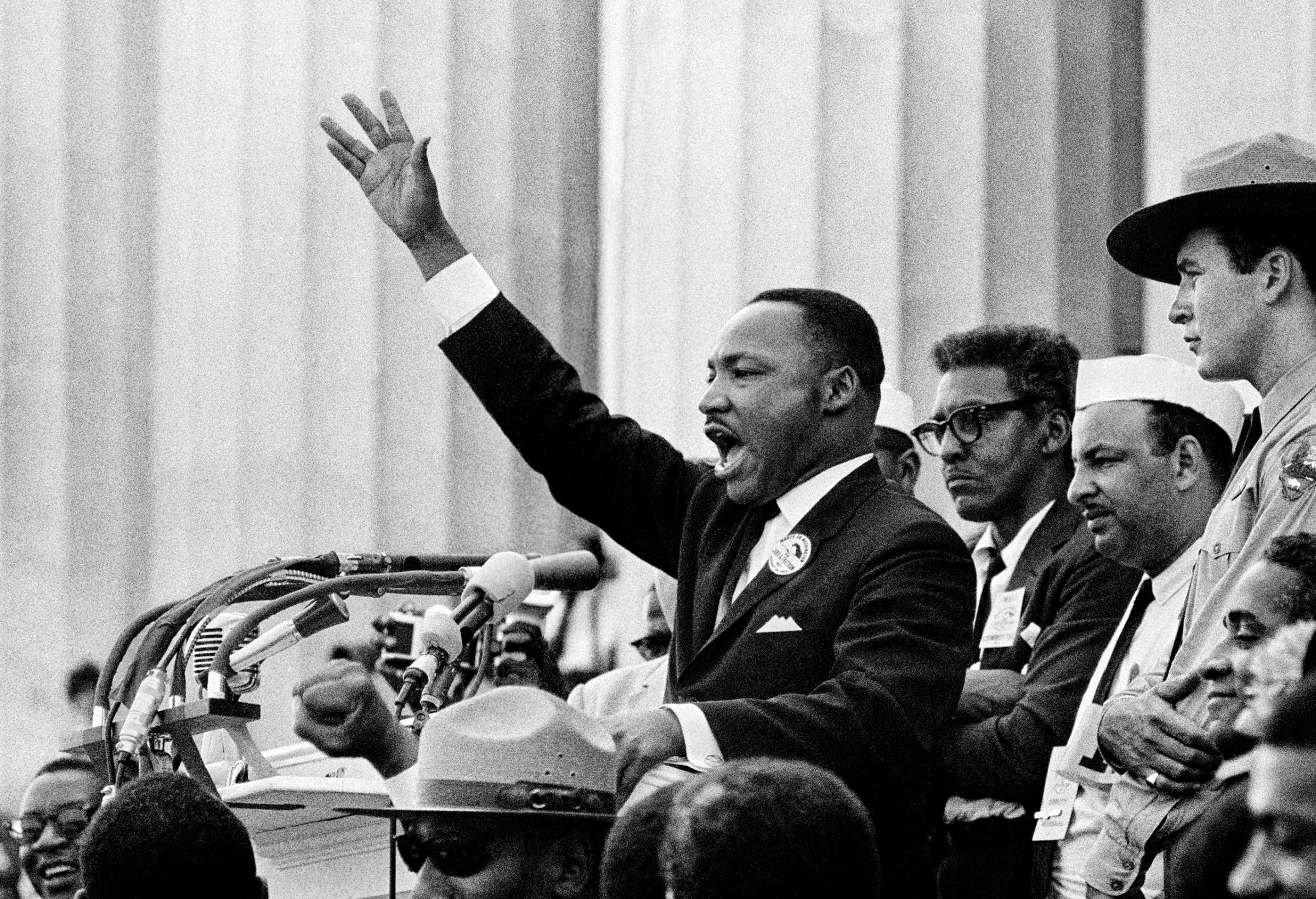
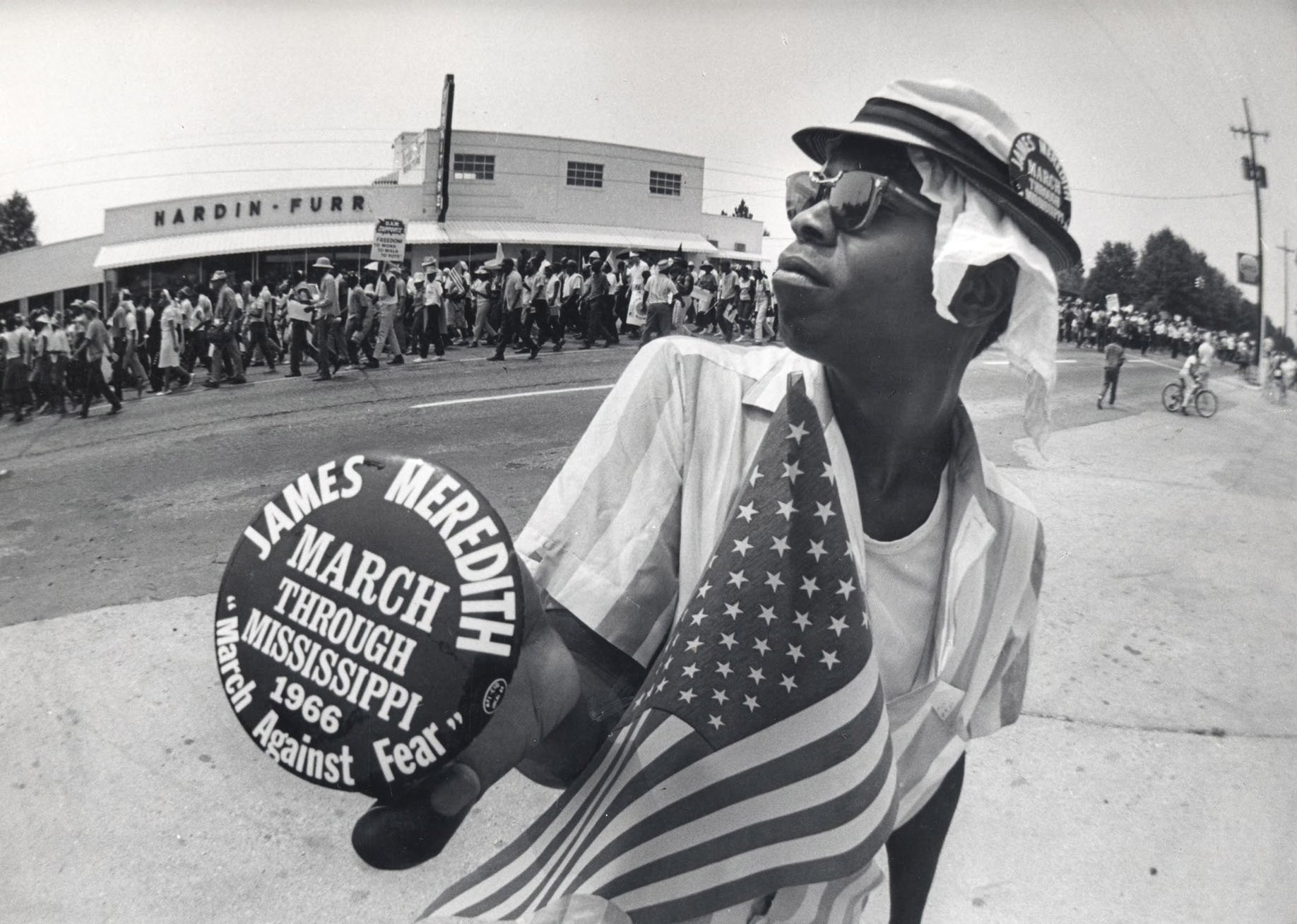
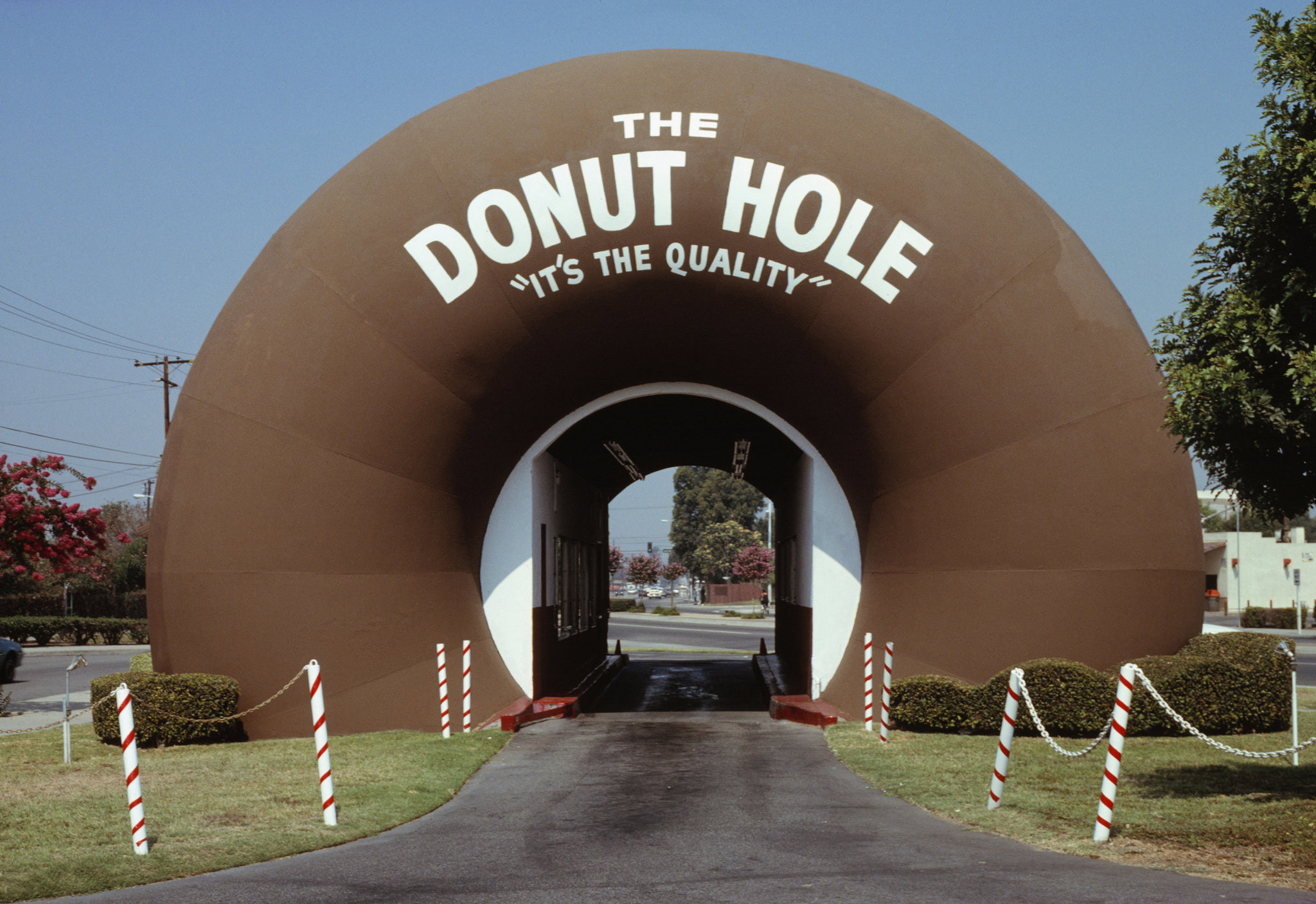
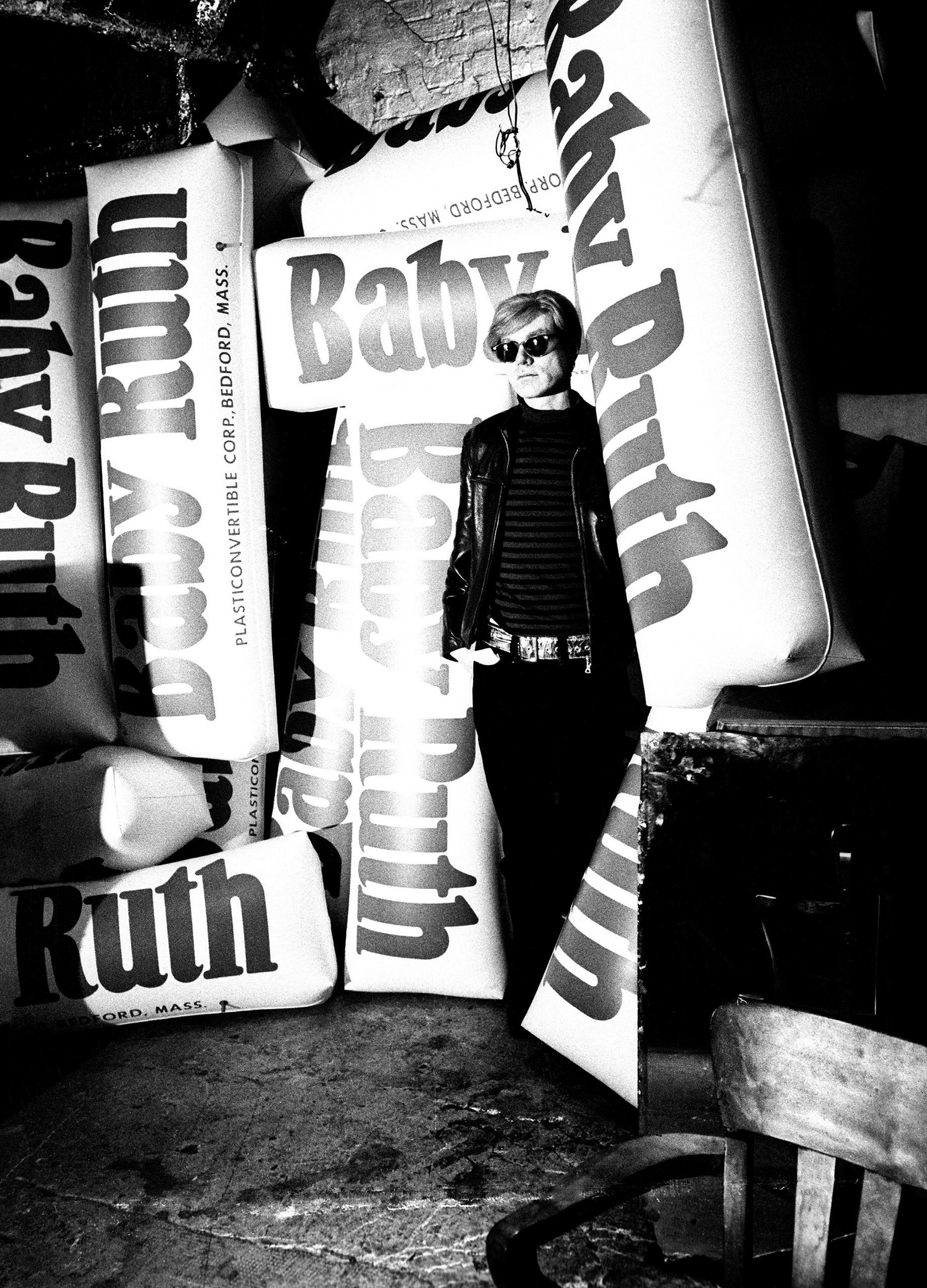
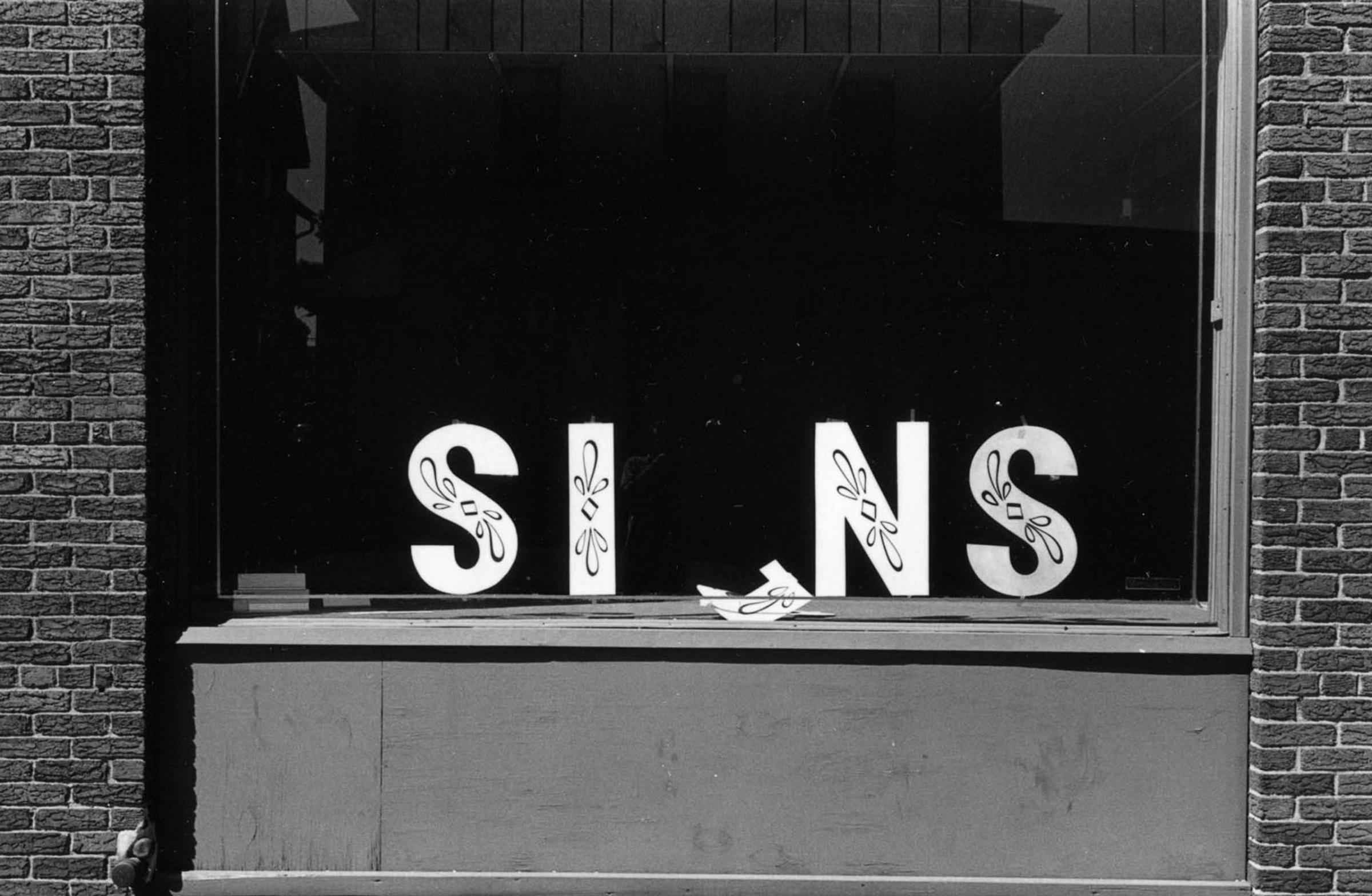
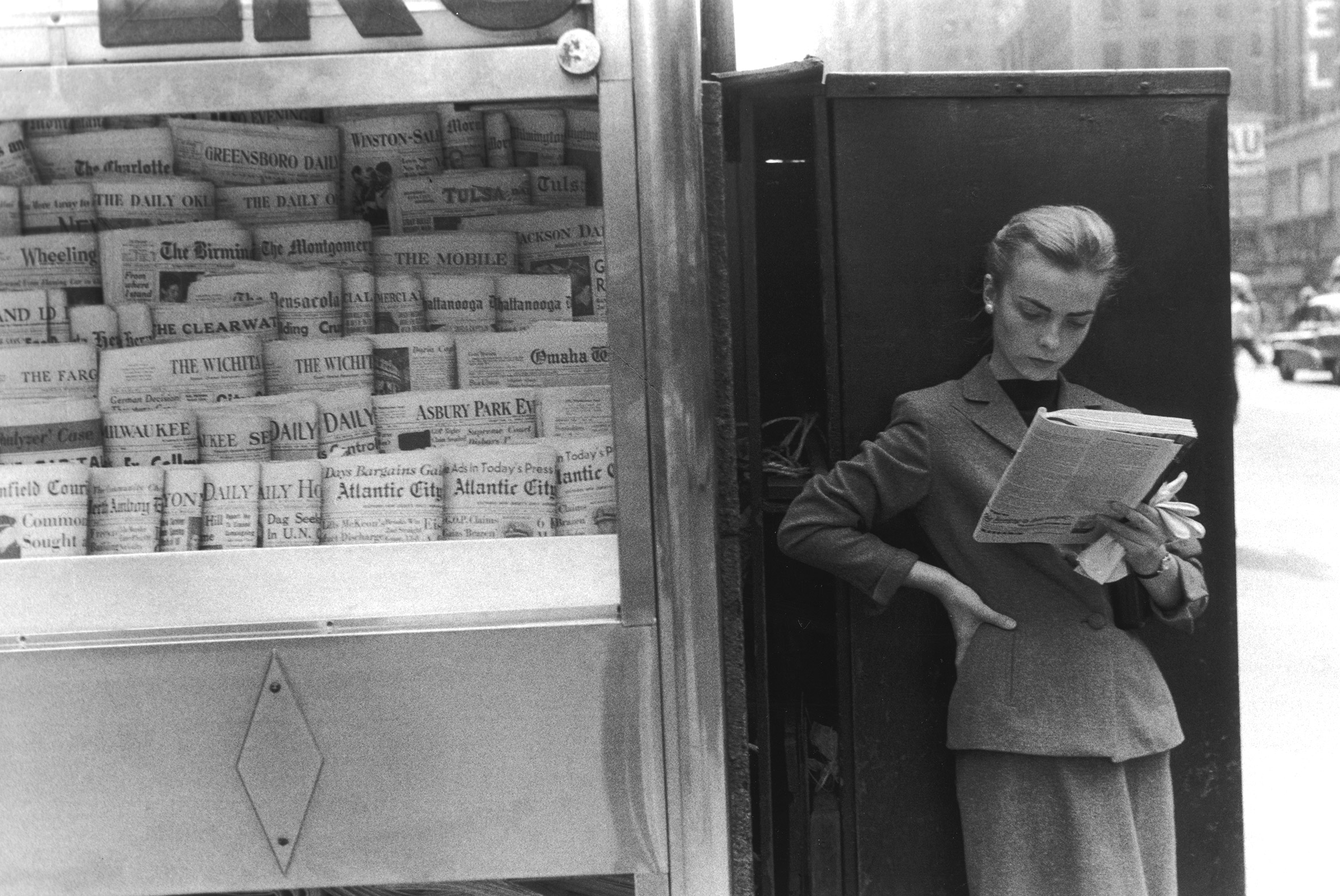
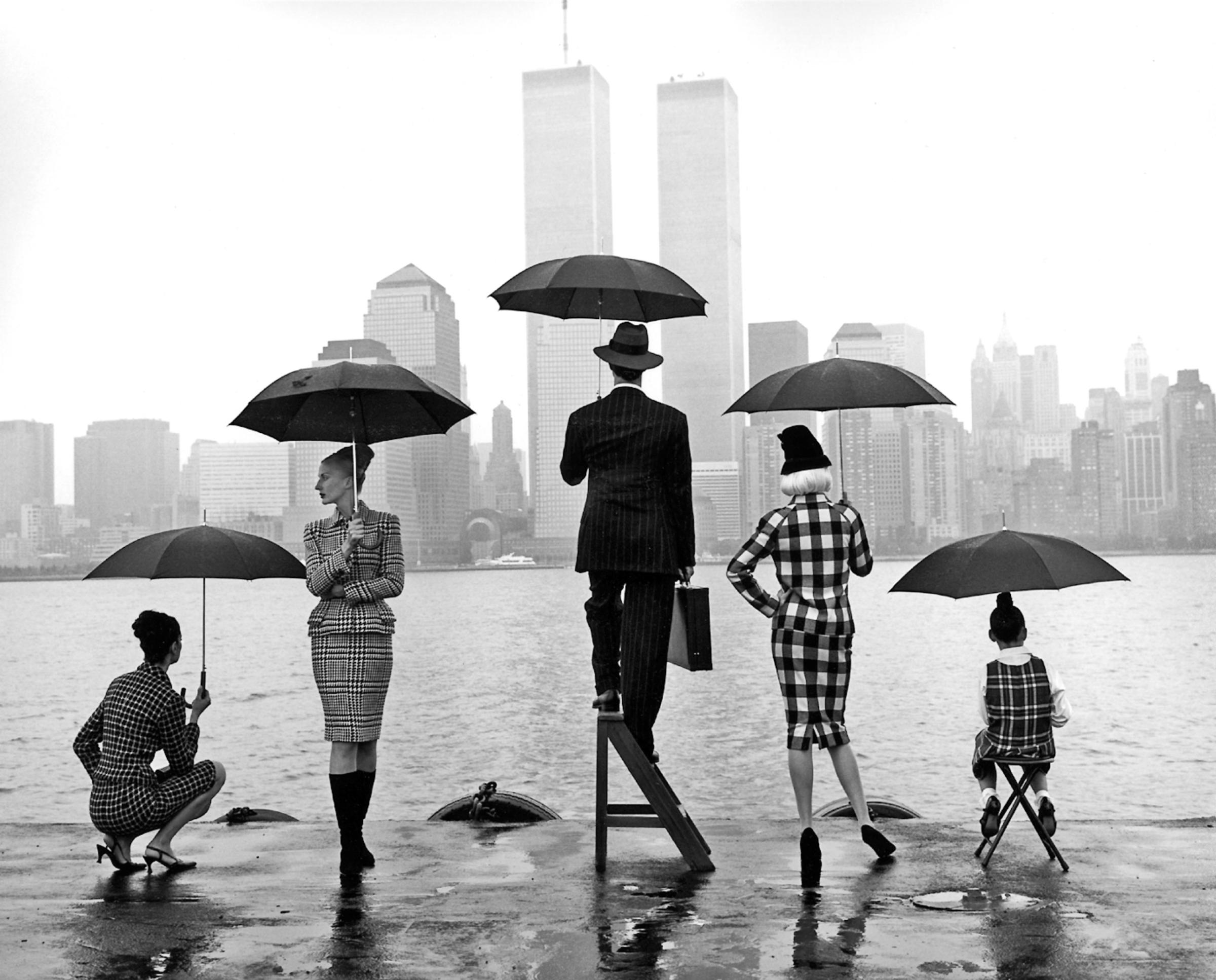
More Must-Reads from TIME
- Cybersecurity Experts Are Sounding the Alarm on DOGE
- Meet the 2025 Women of the Year
- The Harsh Truth About Disability Inclusion
- Why Do More Young Adults Have Cancer?
- Colman Domingo Leads With Radical Love
- How to Get Better at Doing Things Alone
- Michelle Zauner Stares Down the Darkness
Contact us at letters@time.com